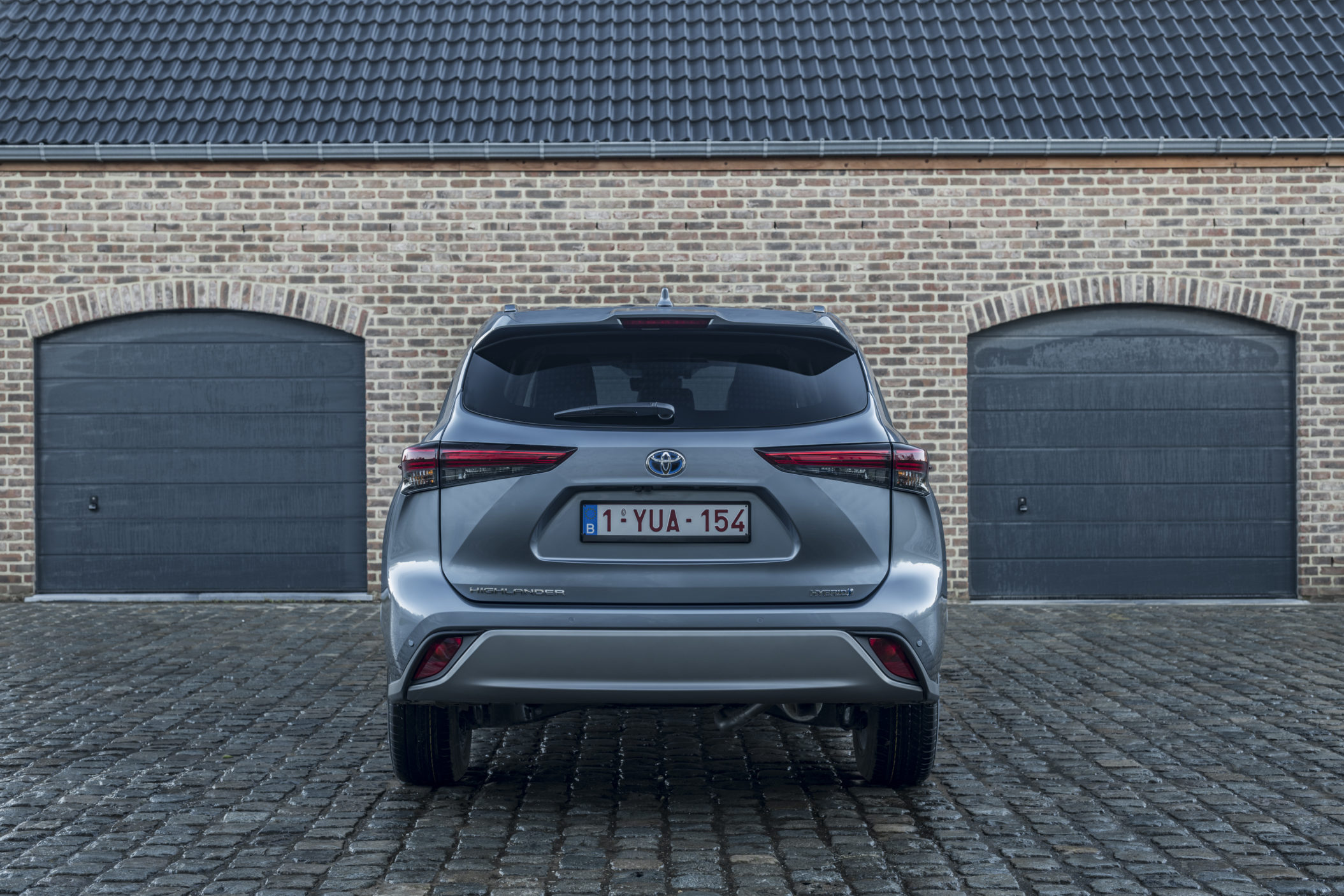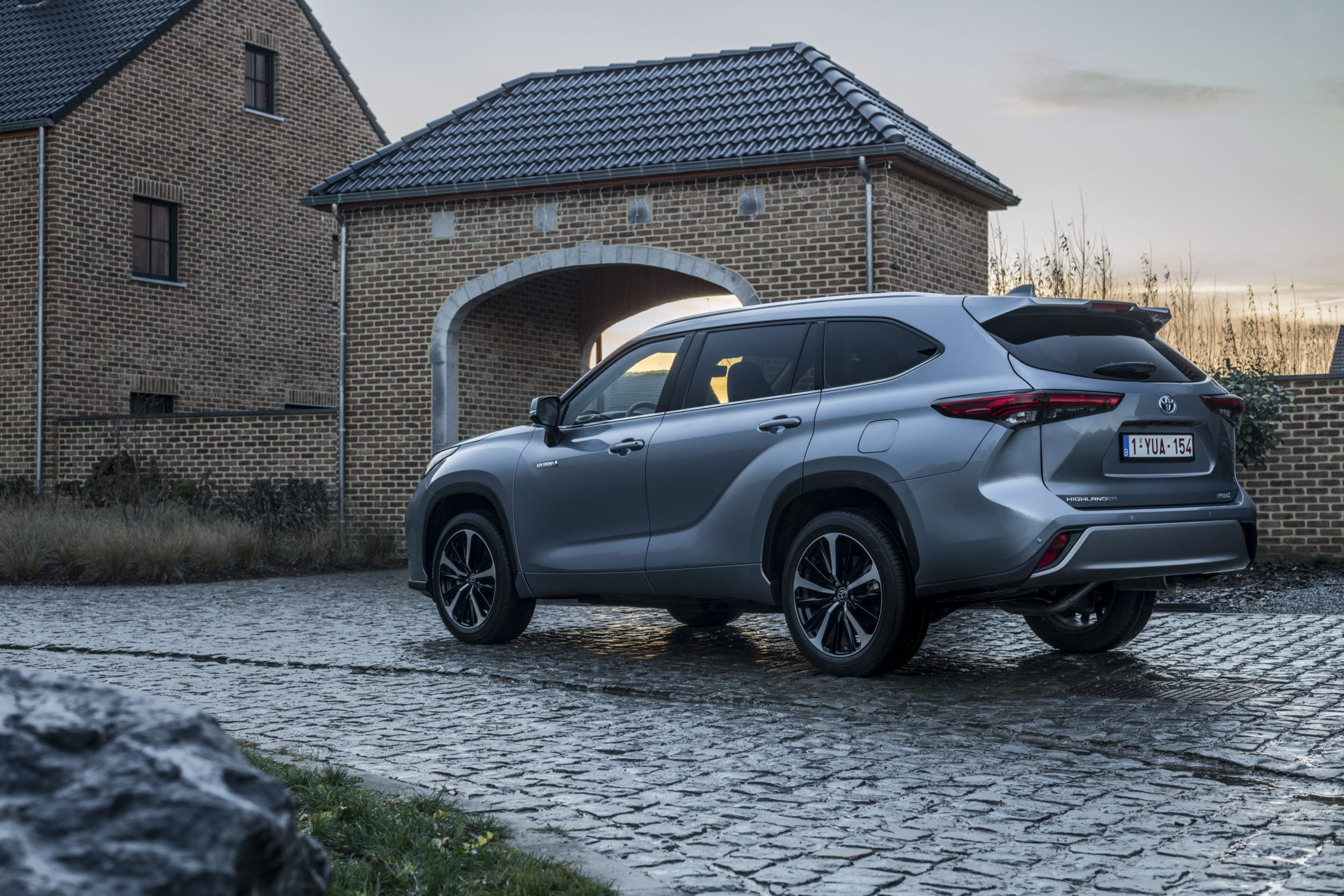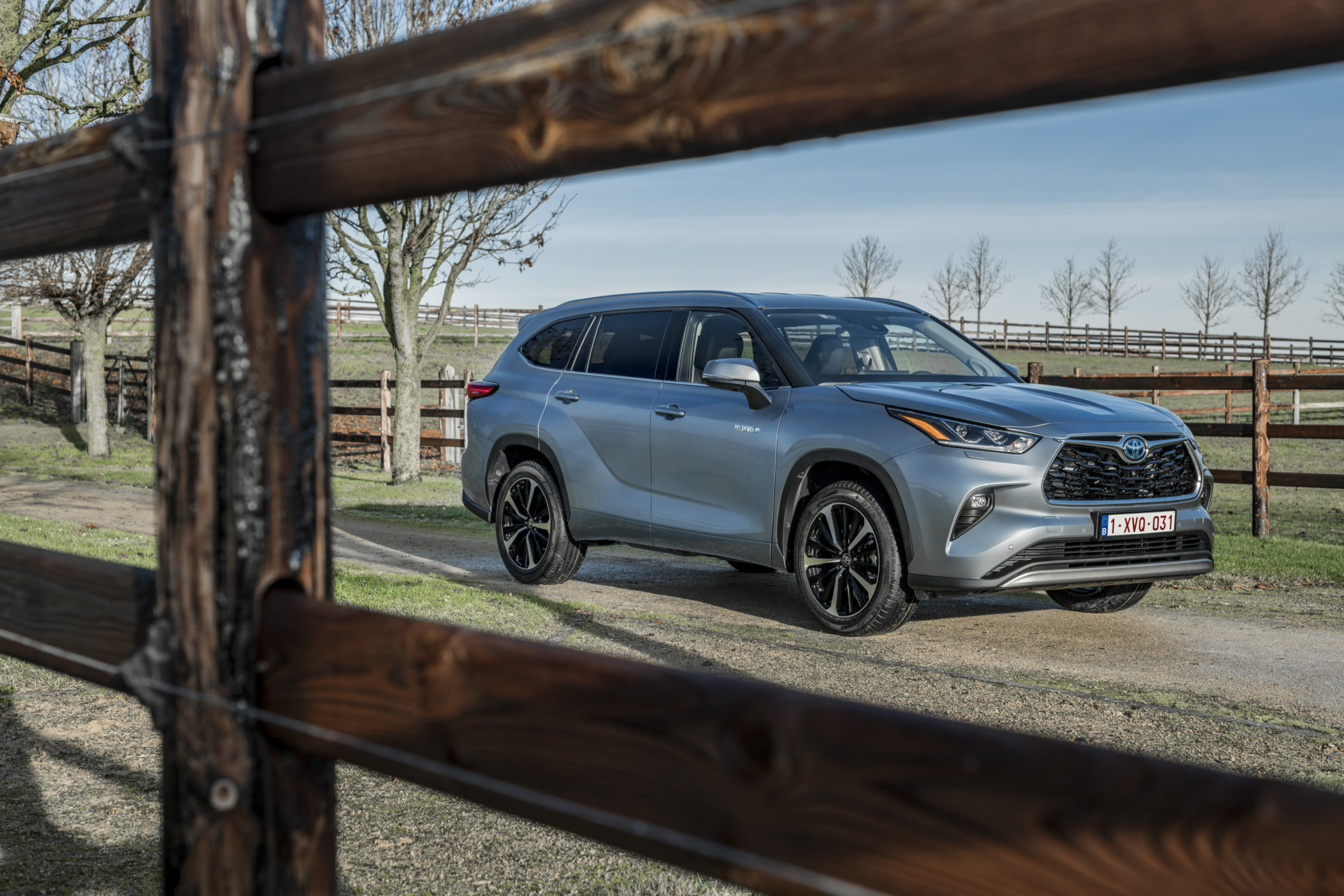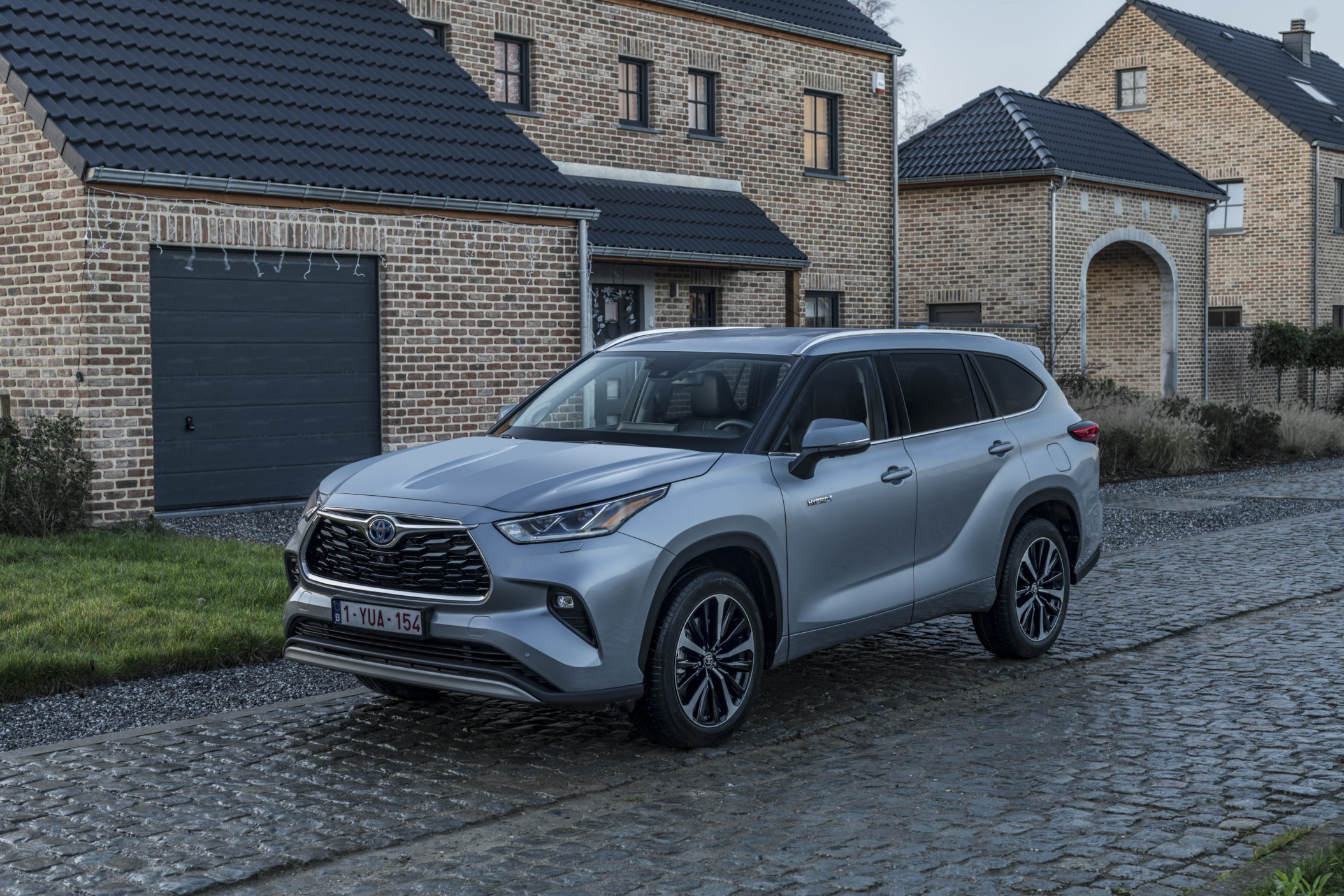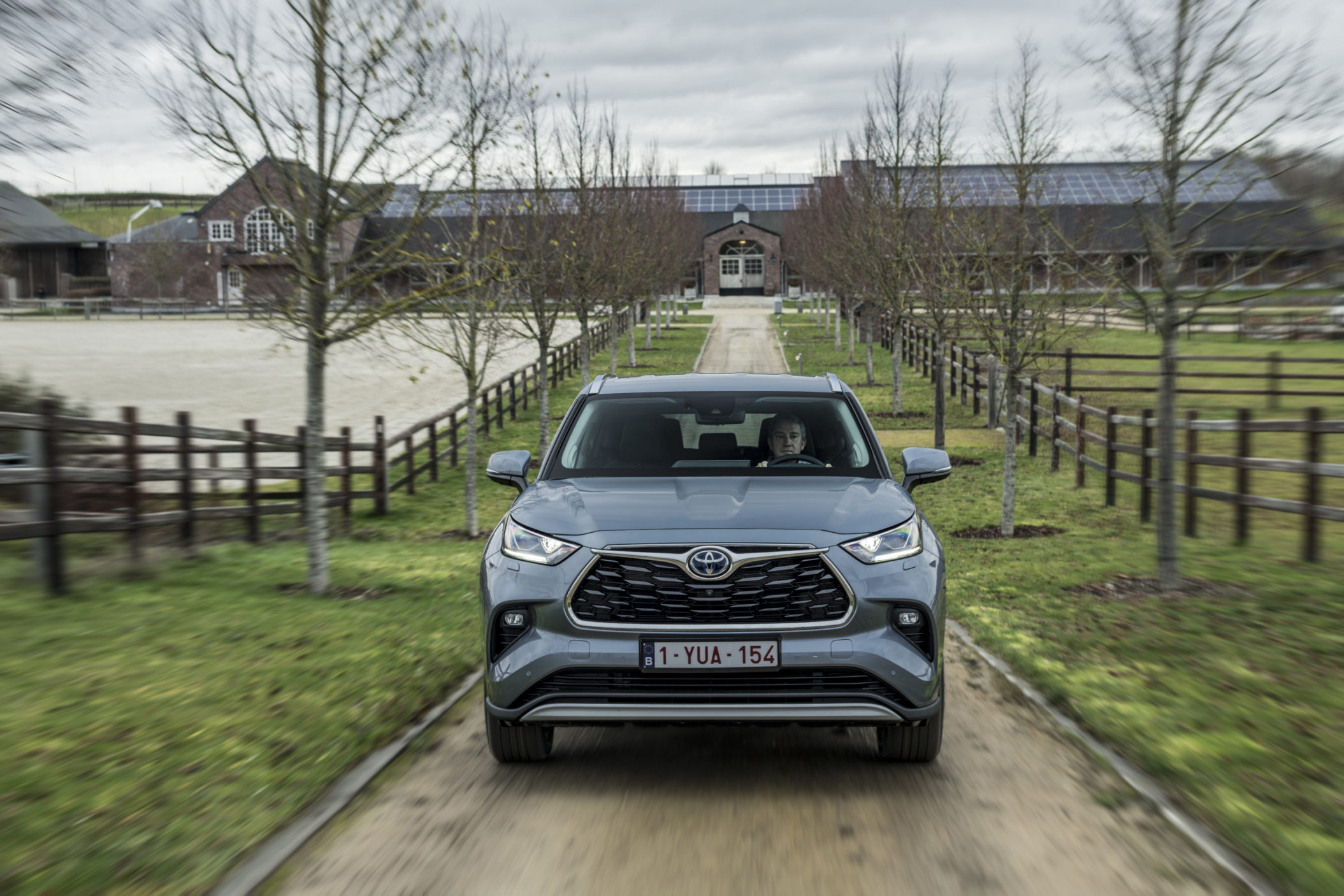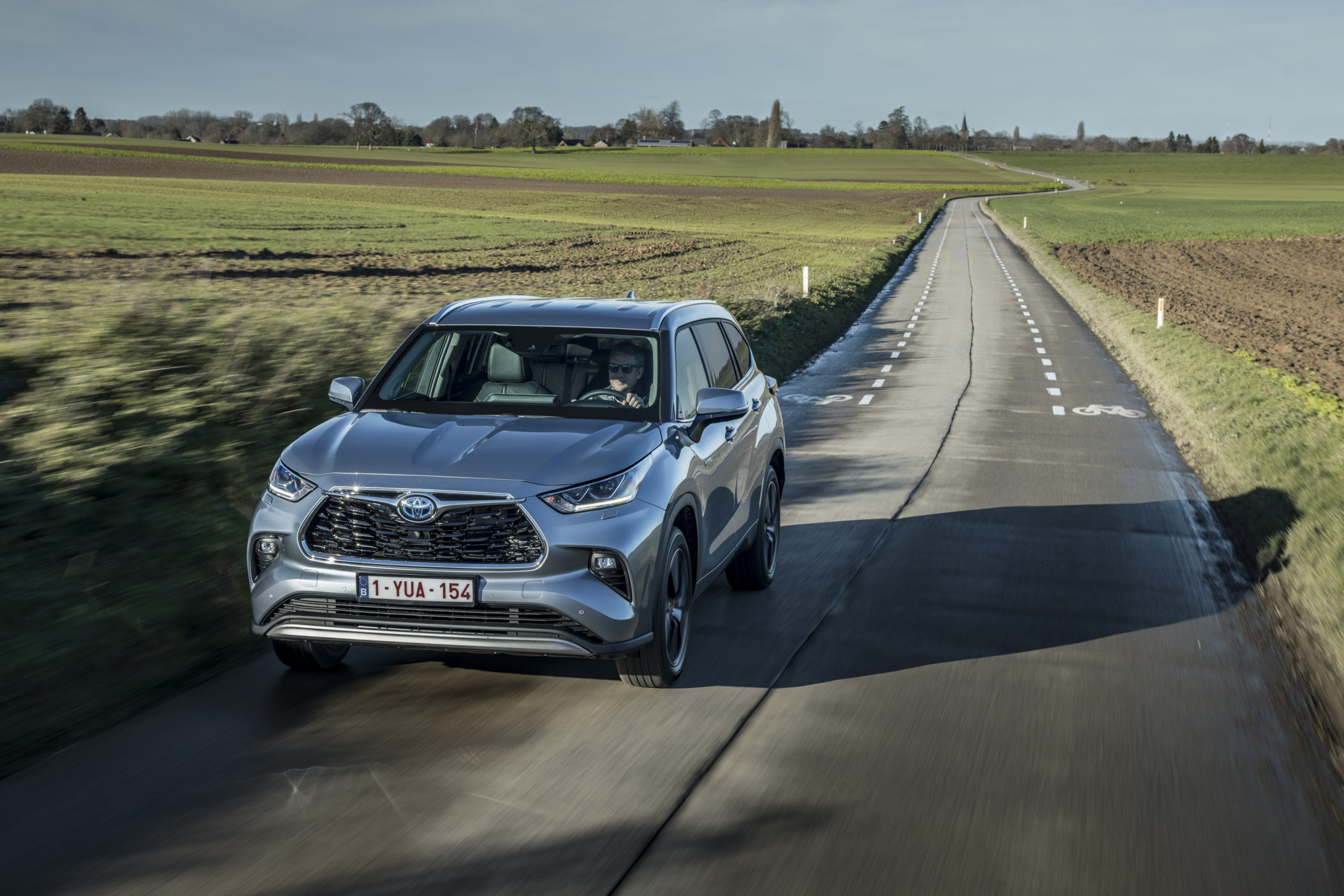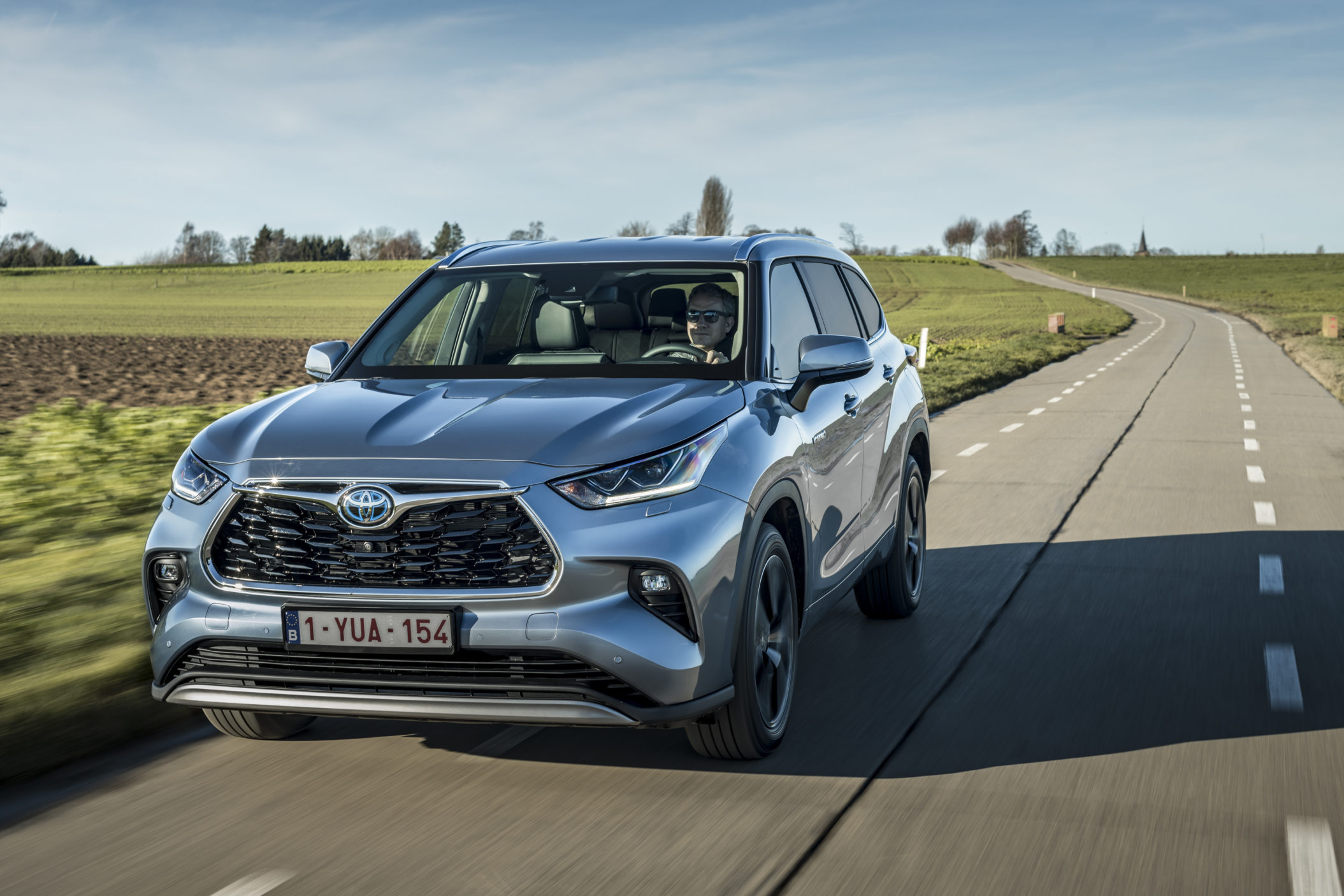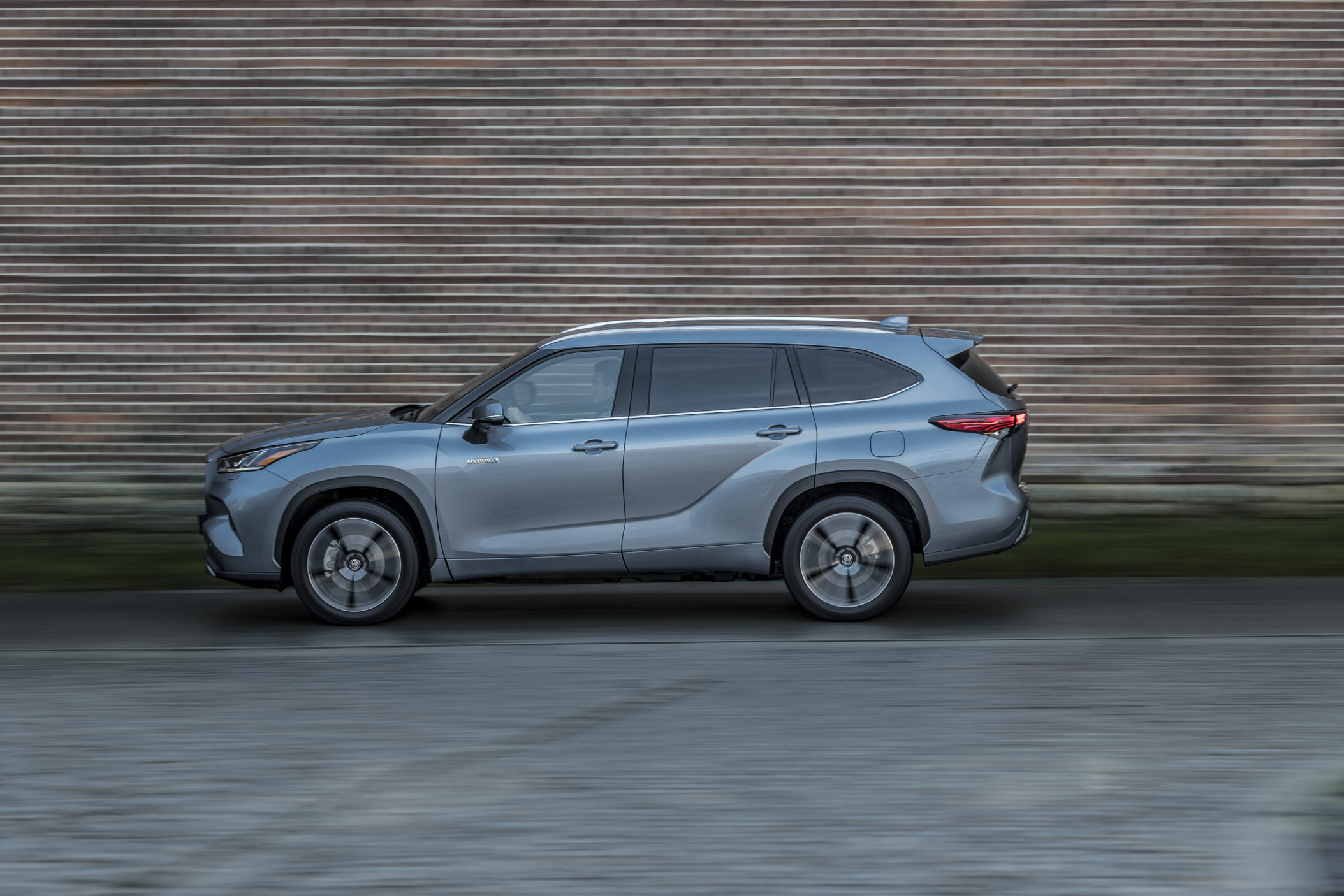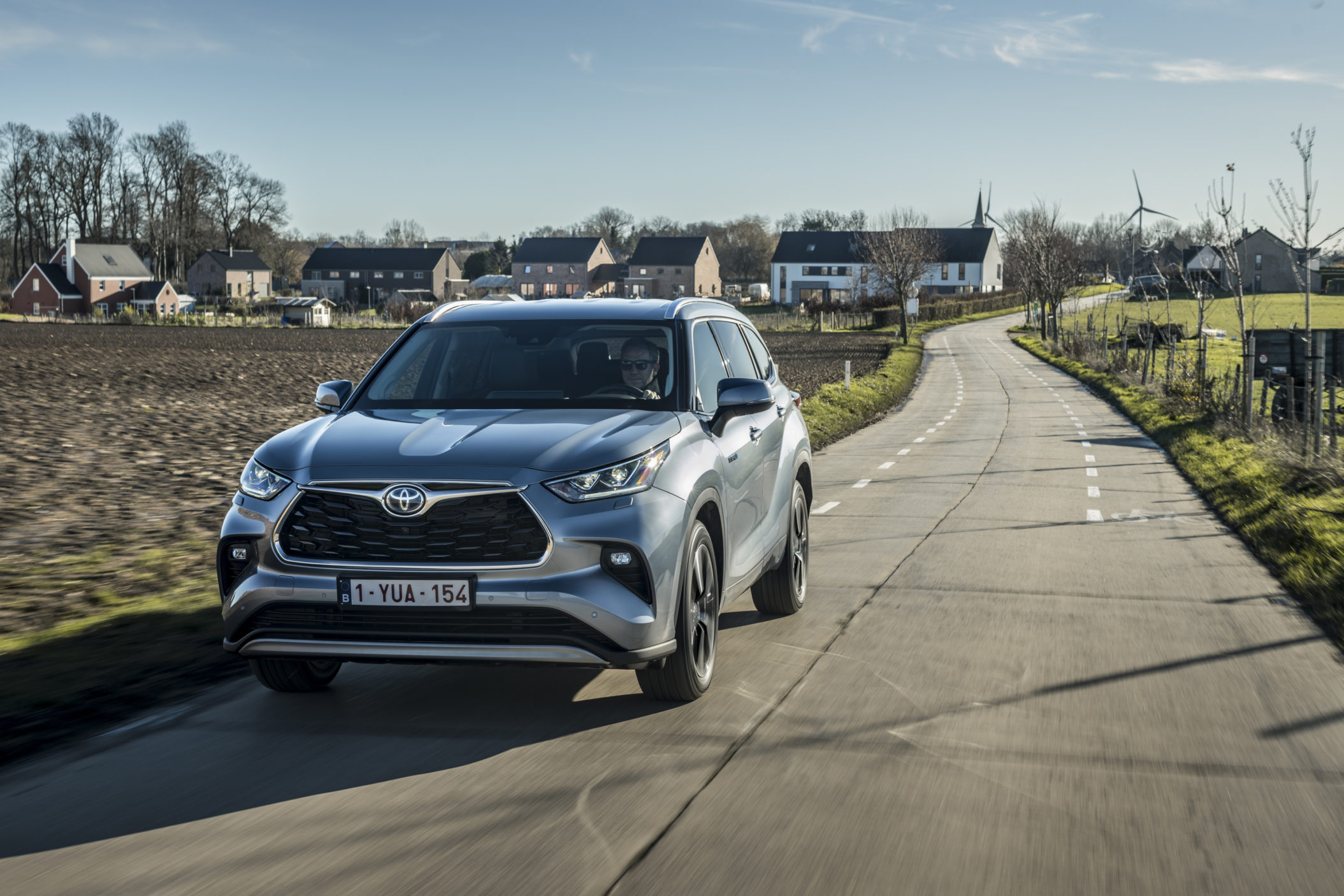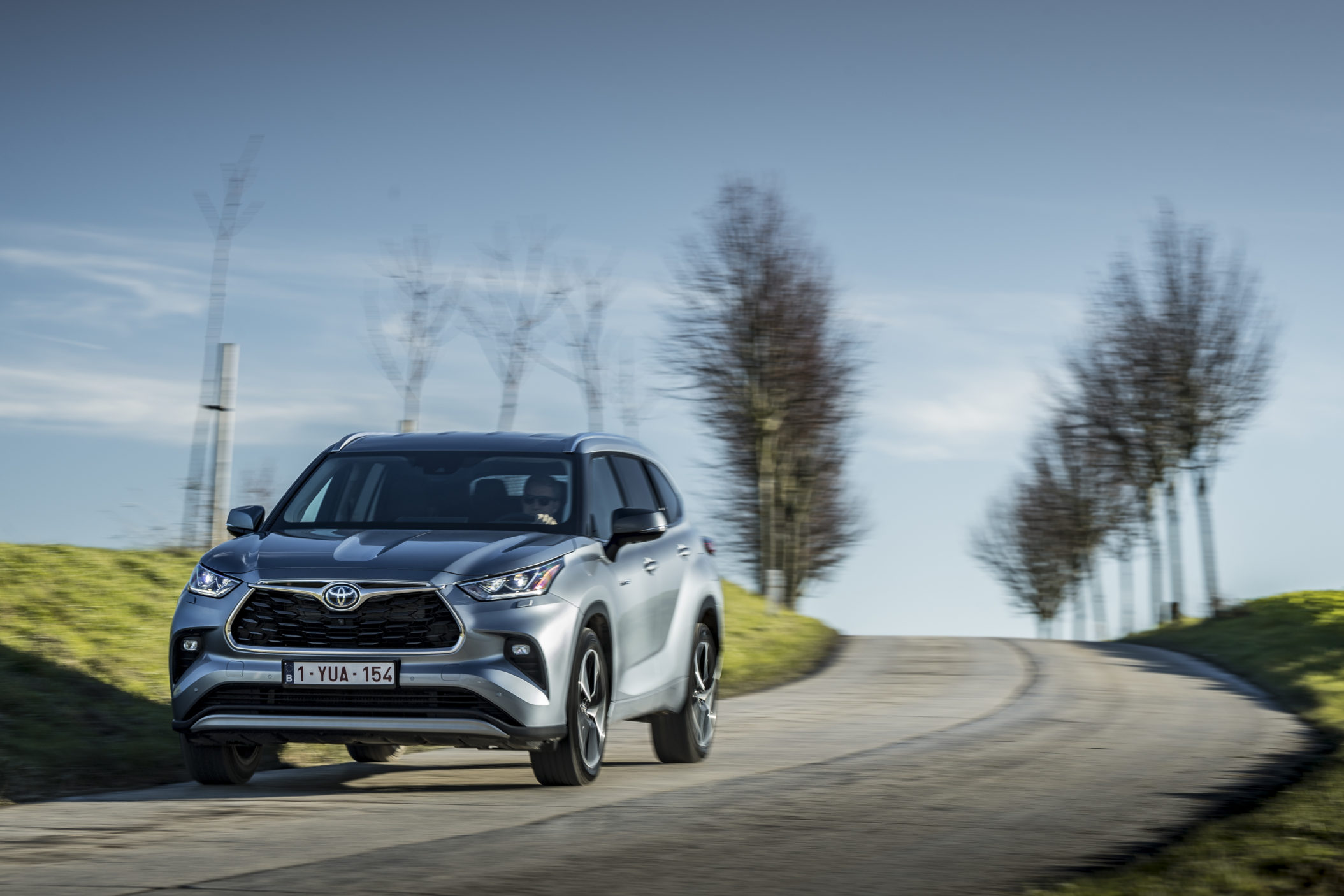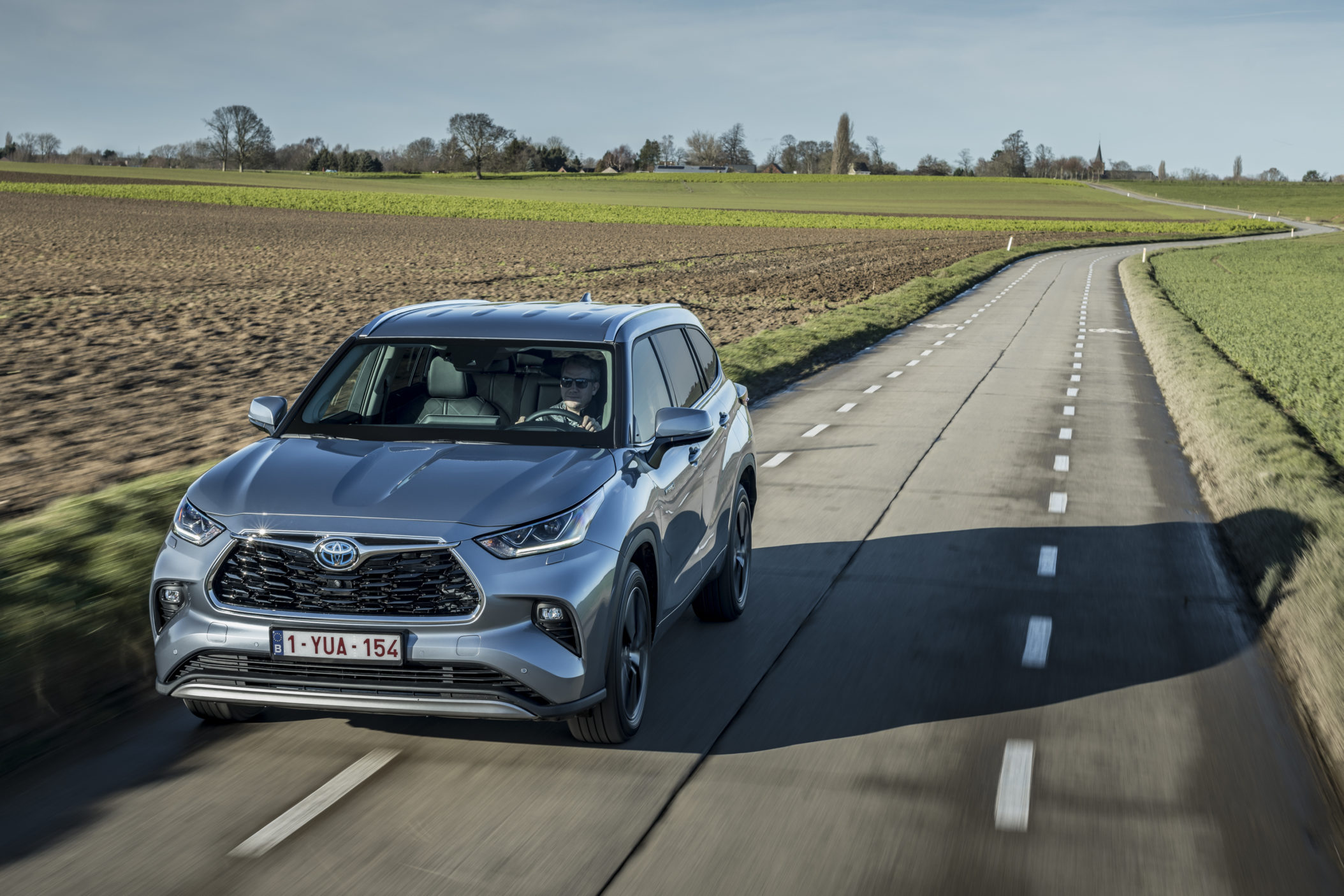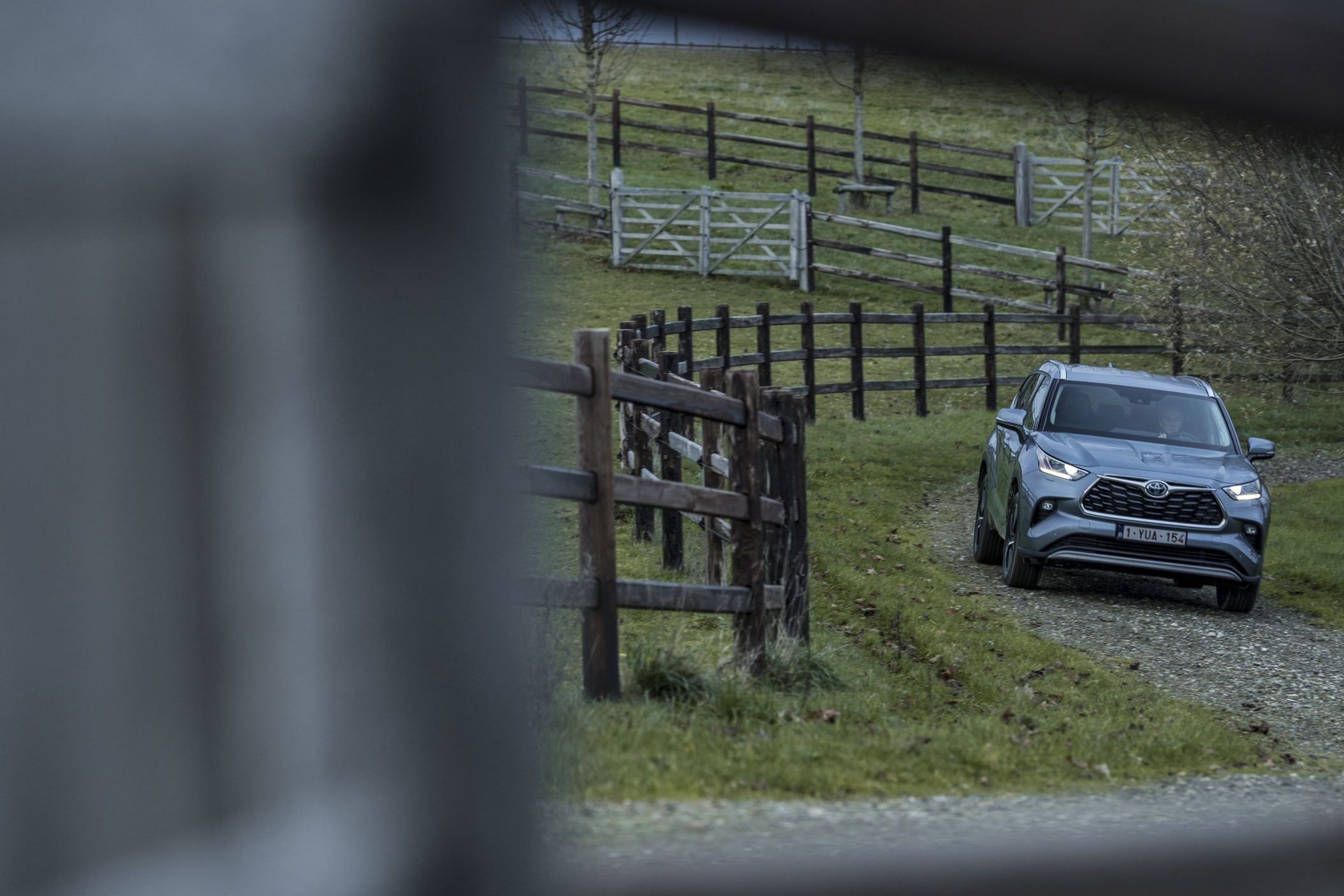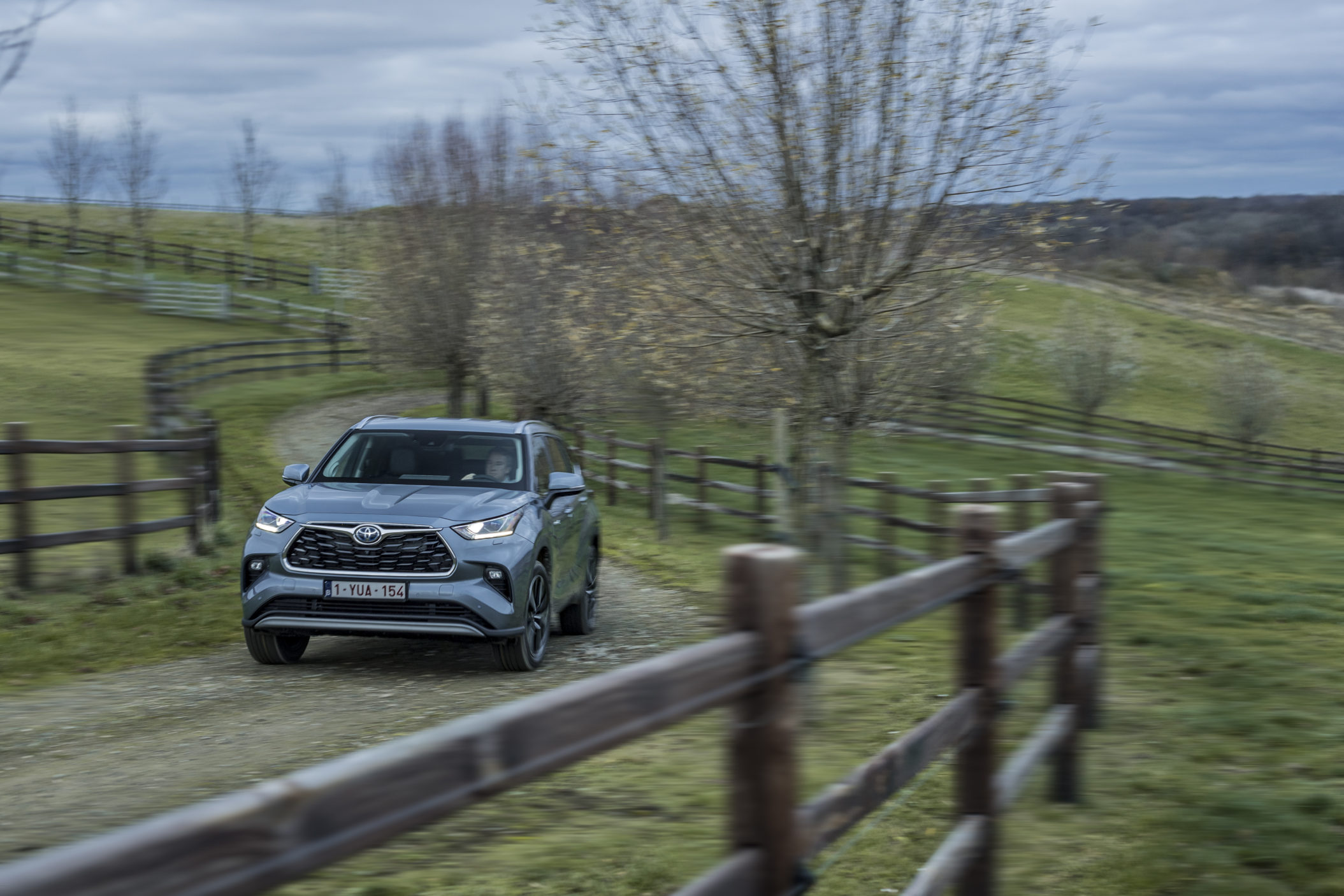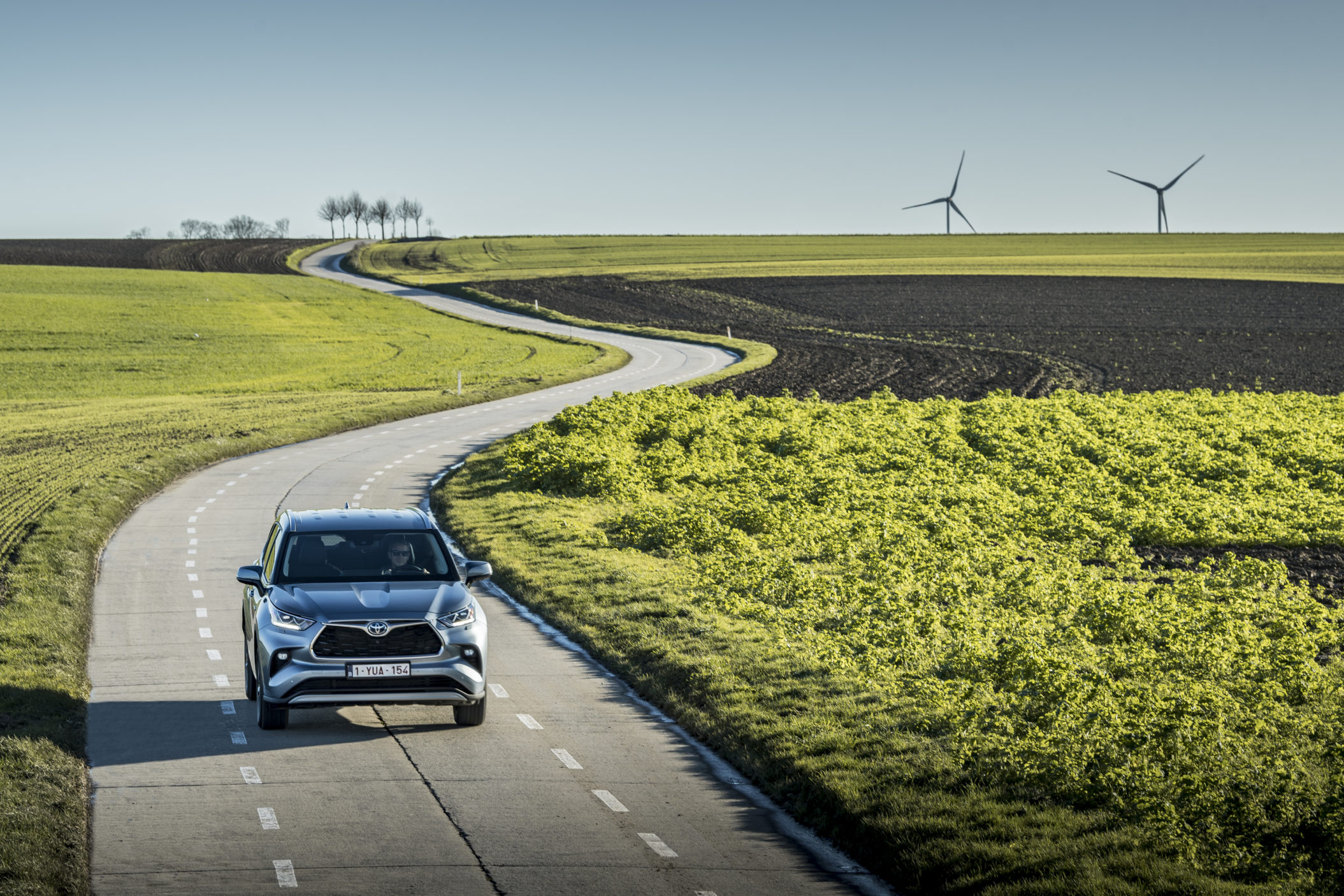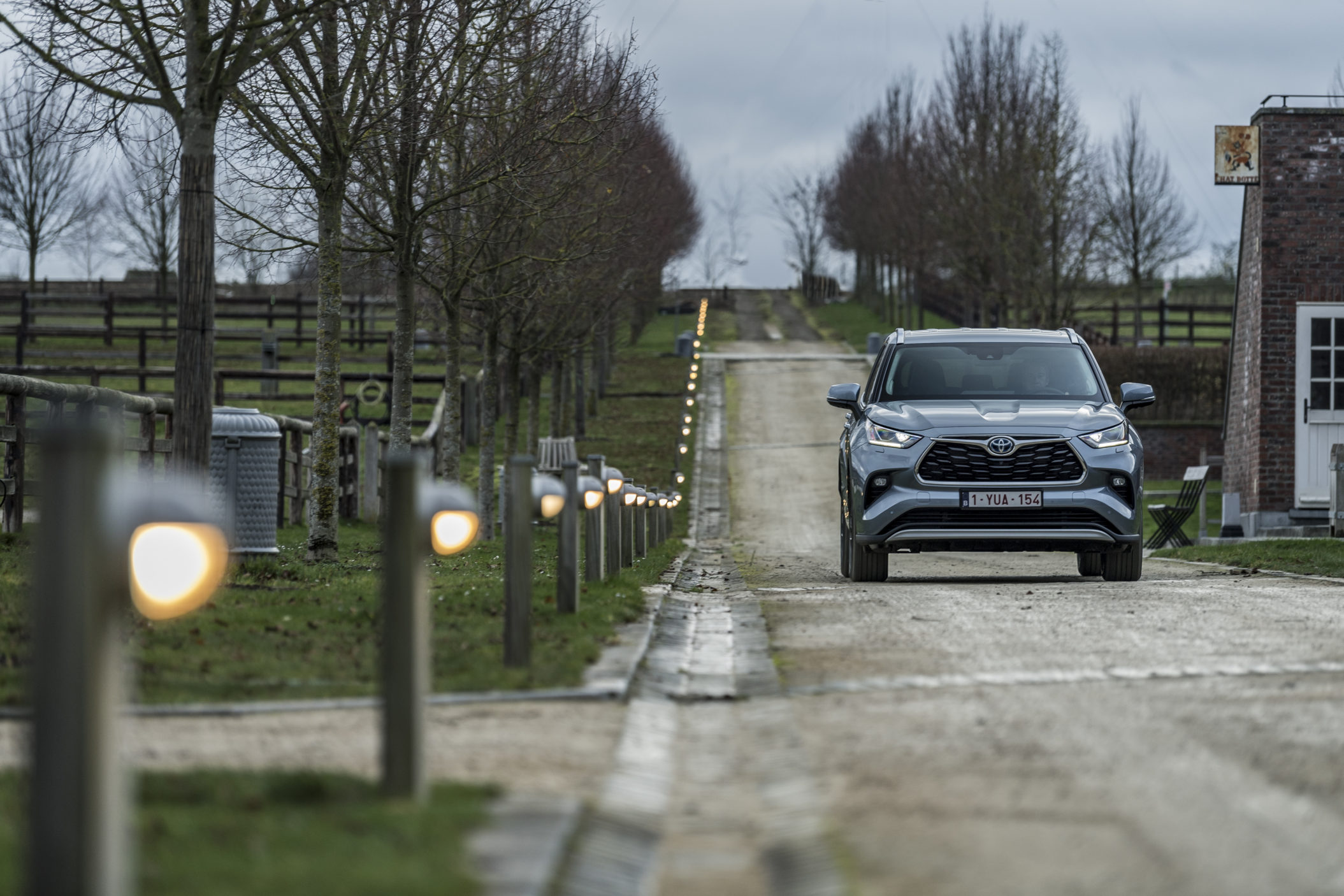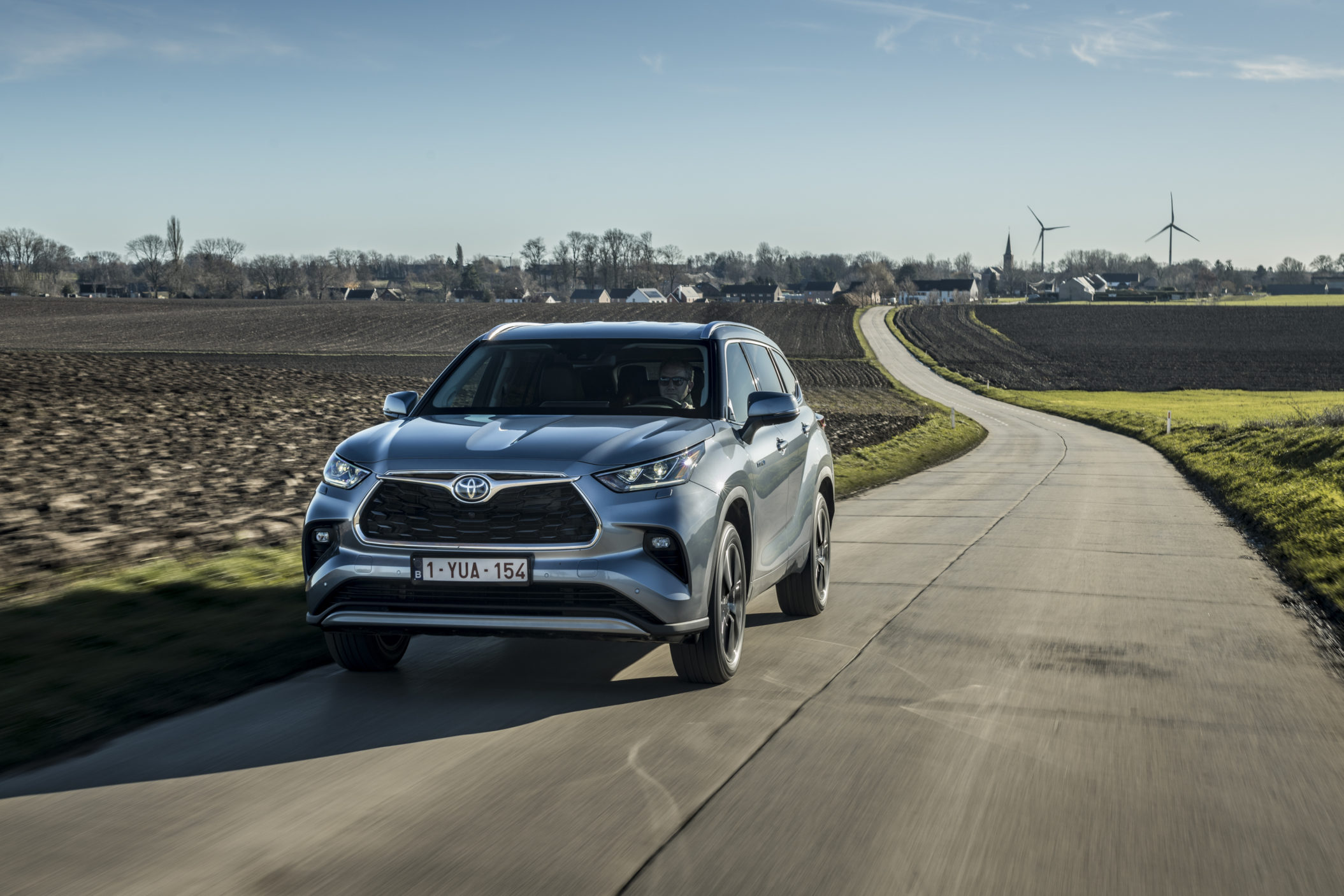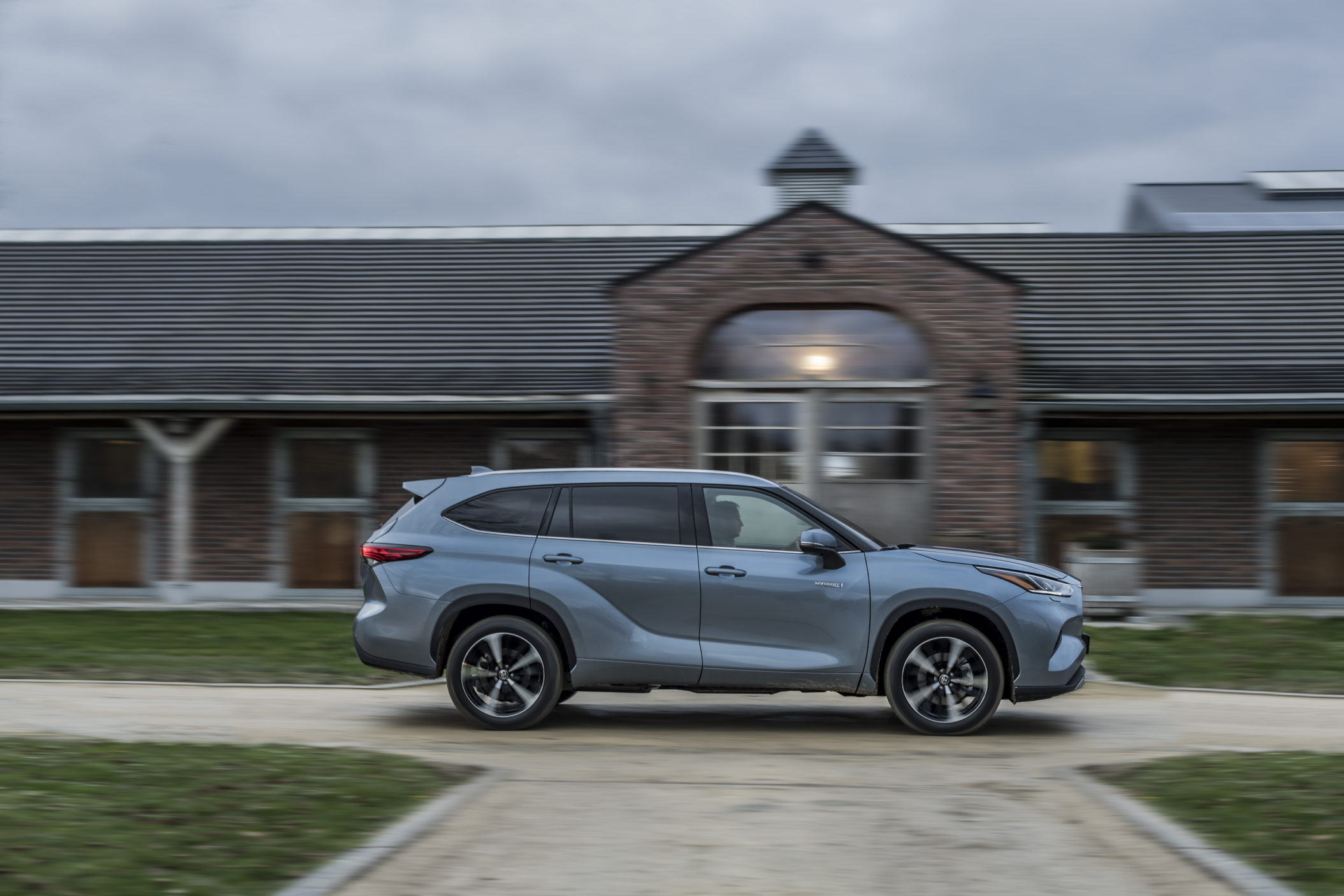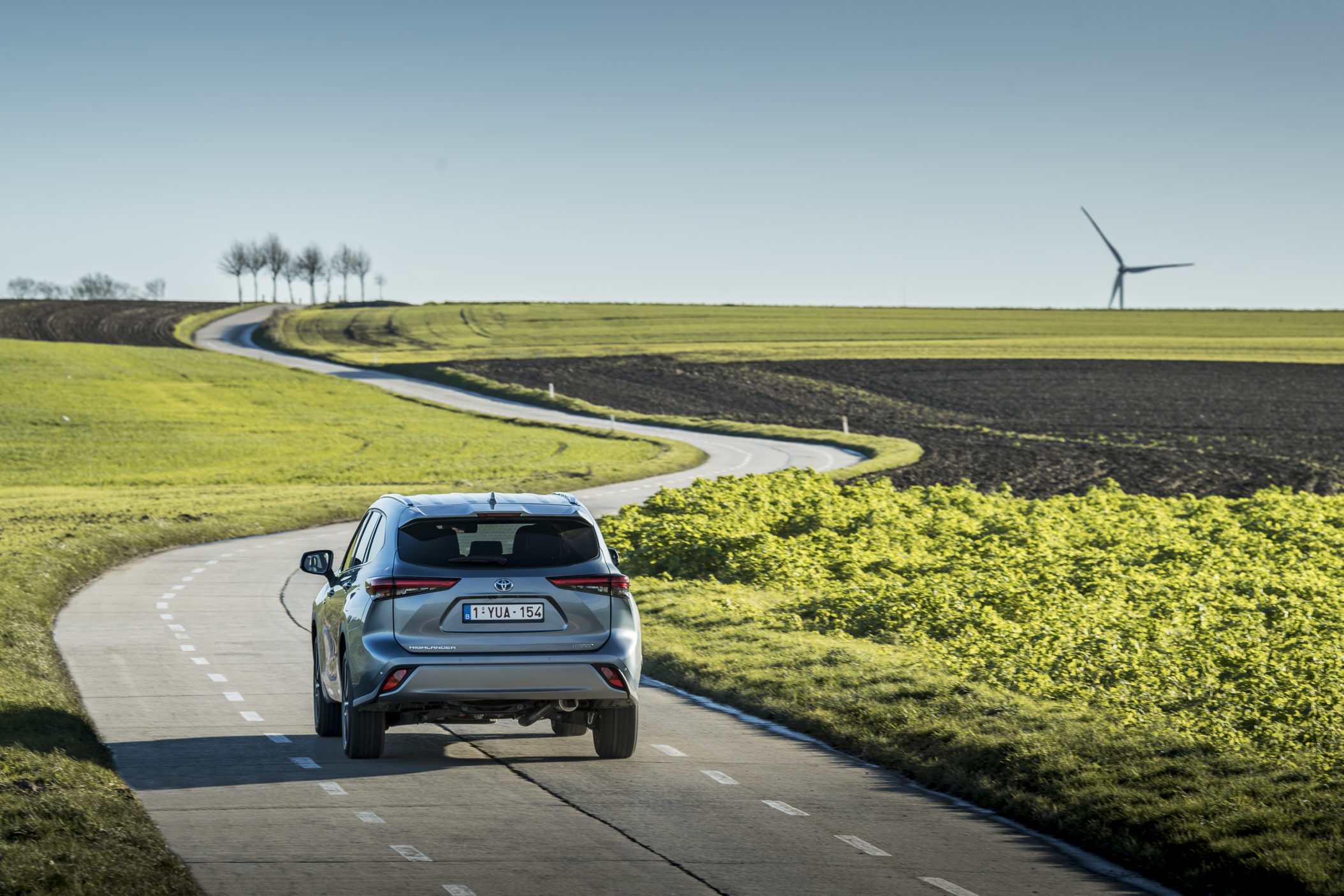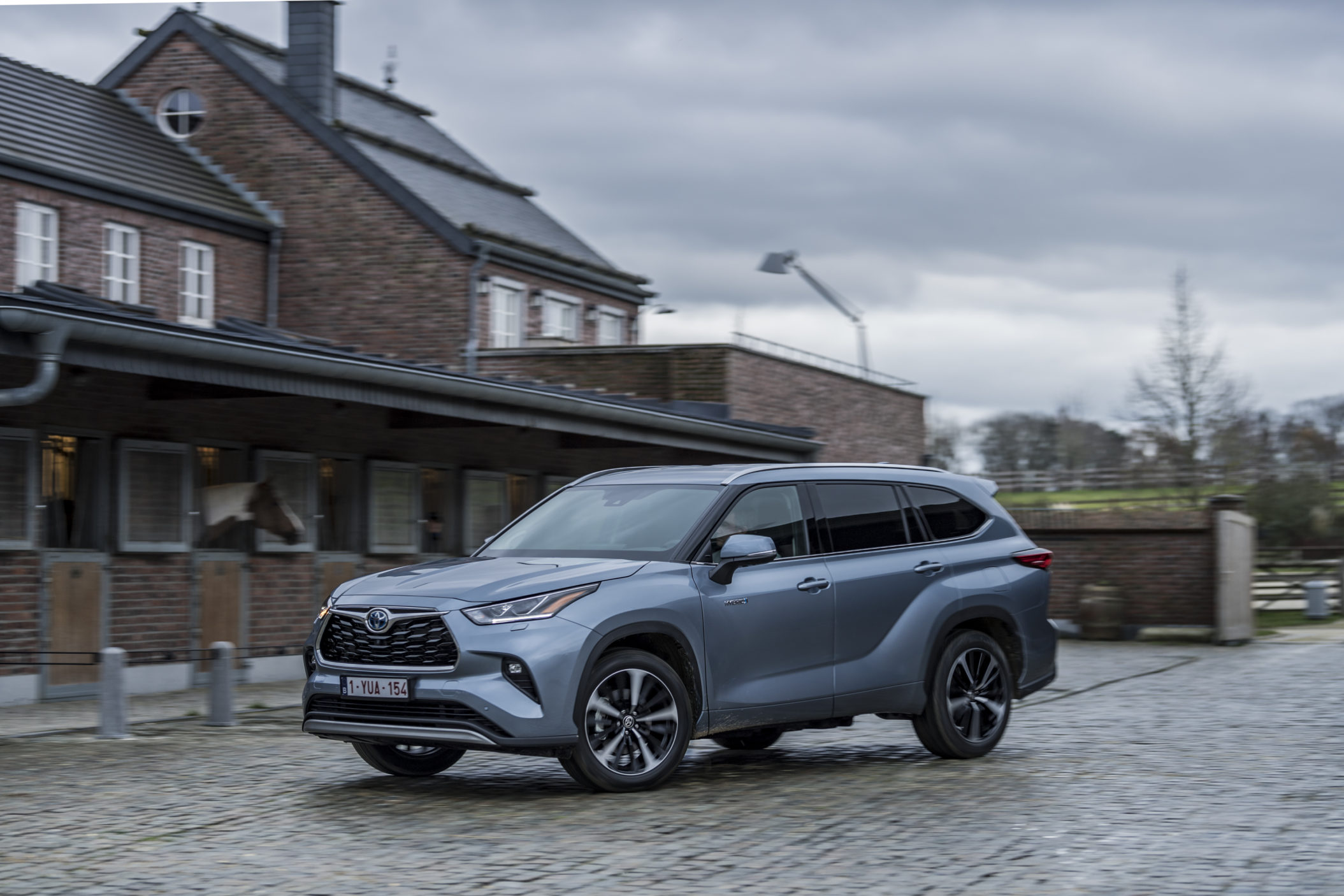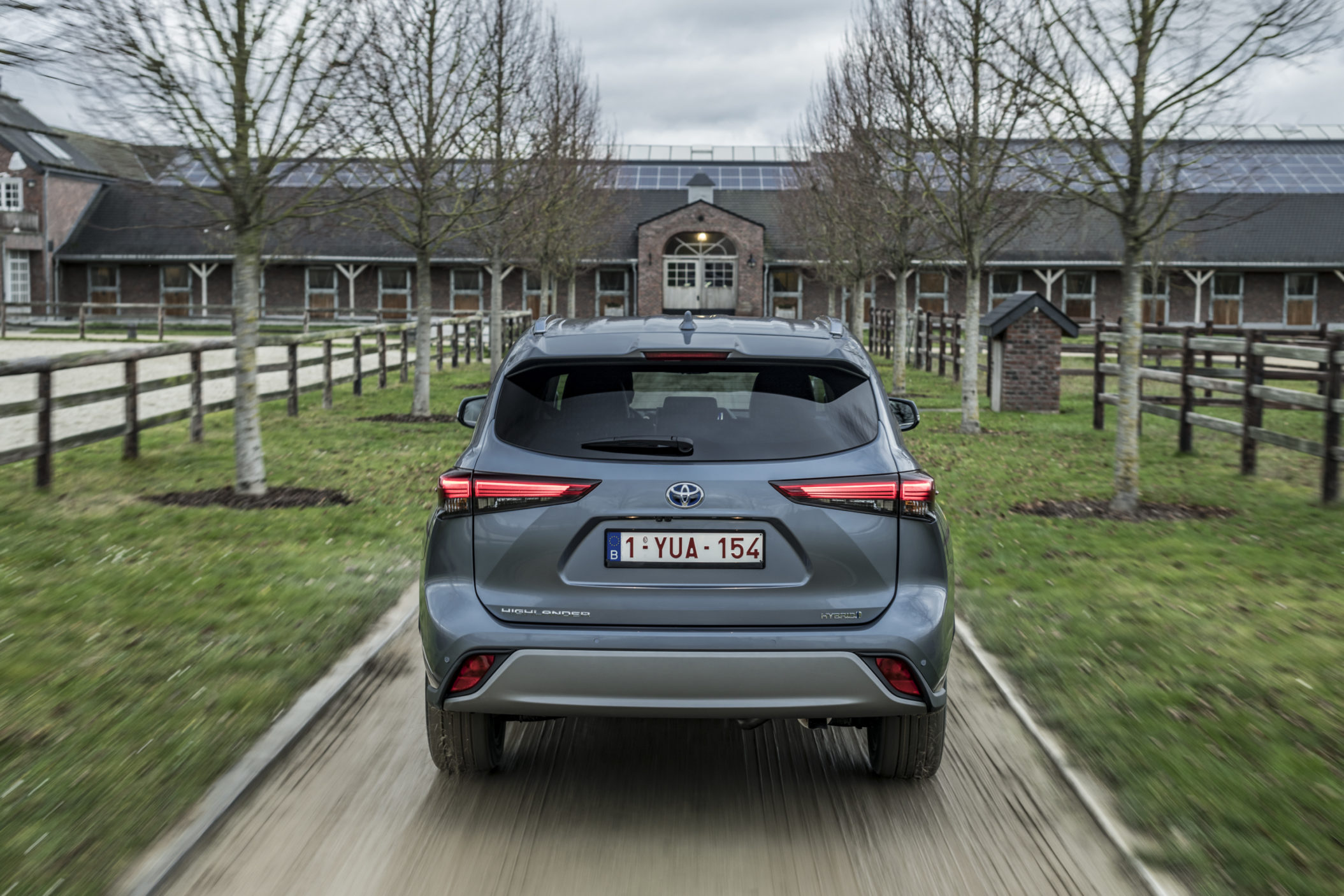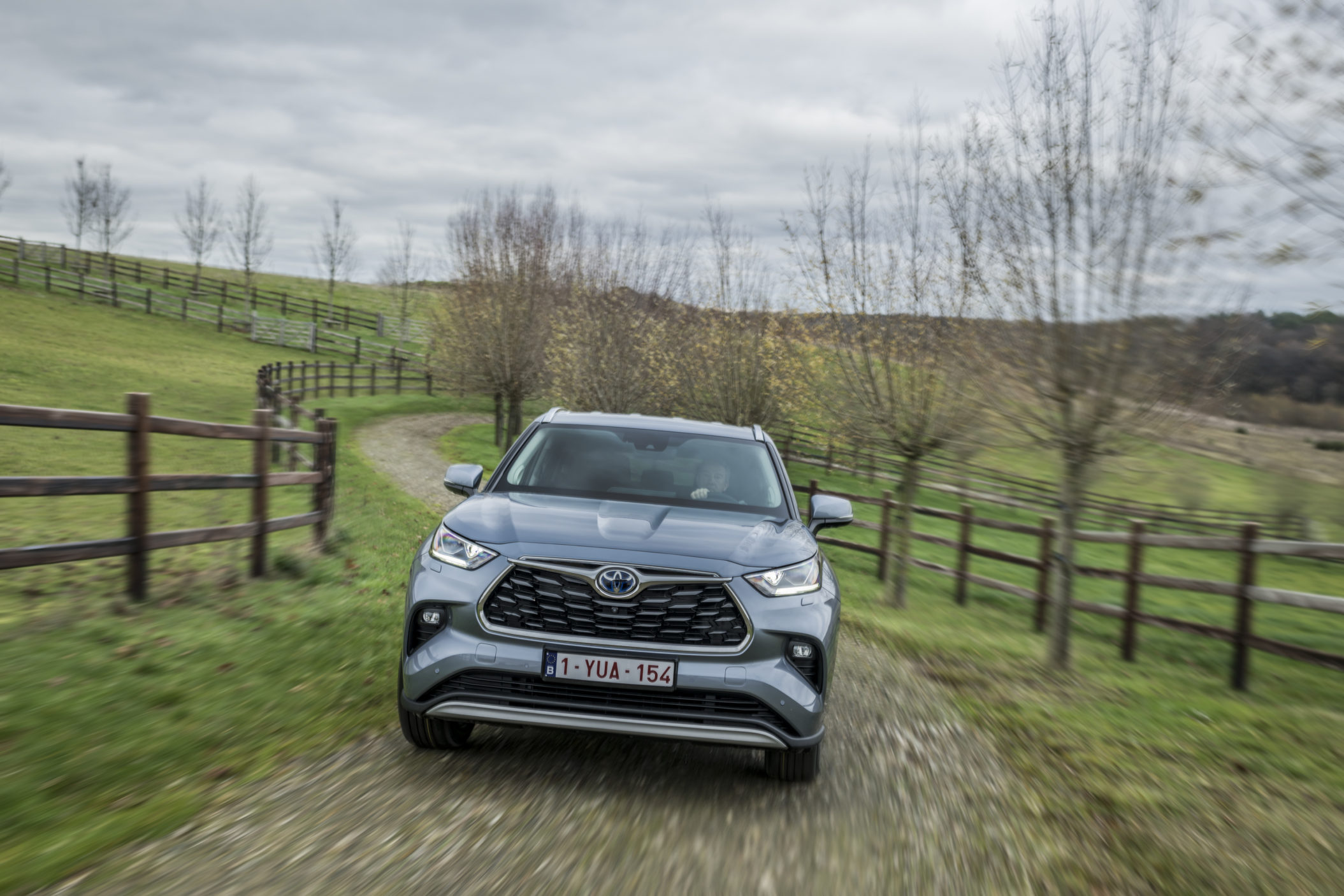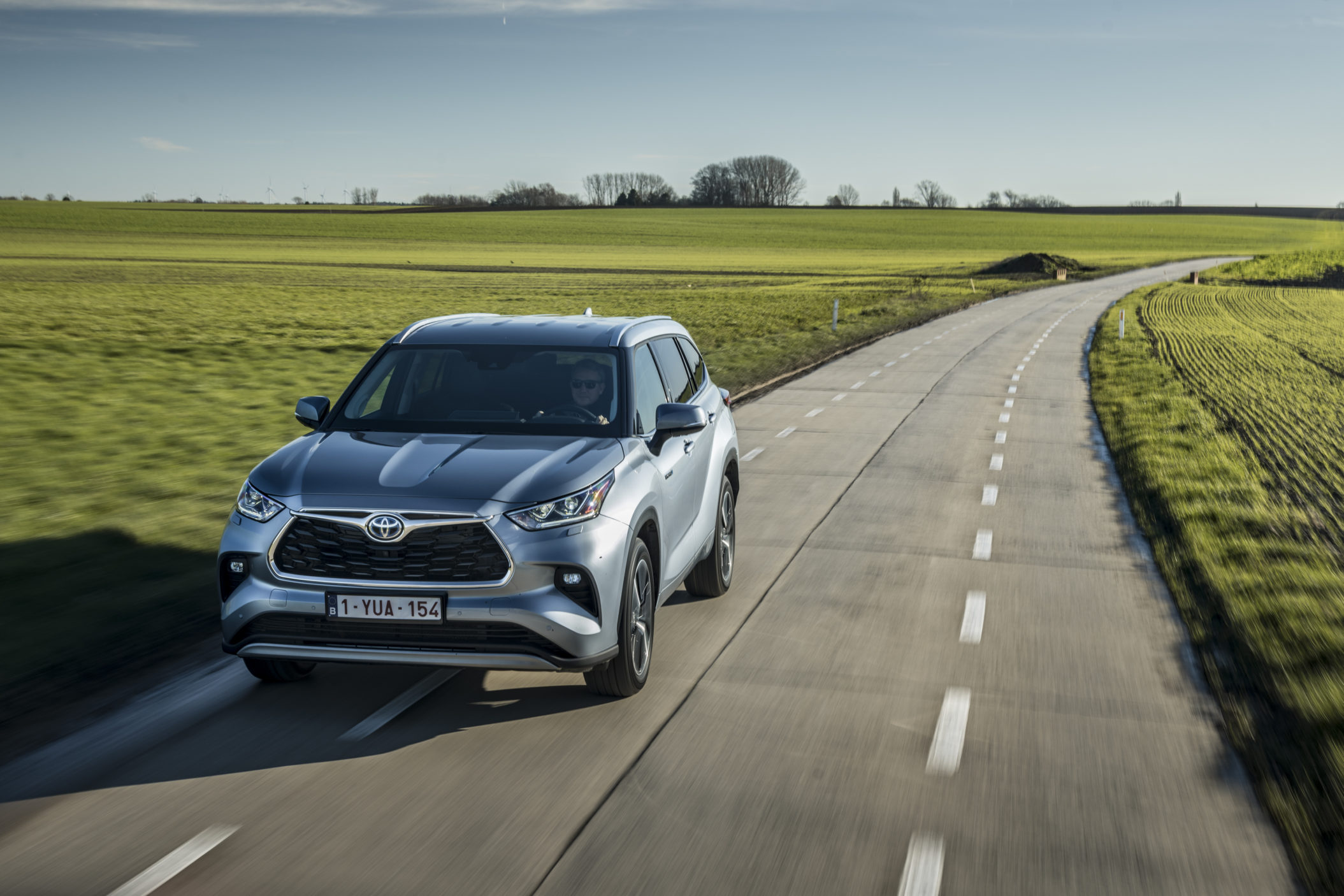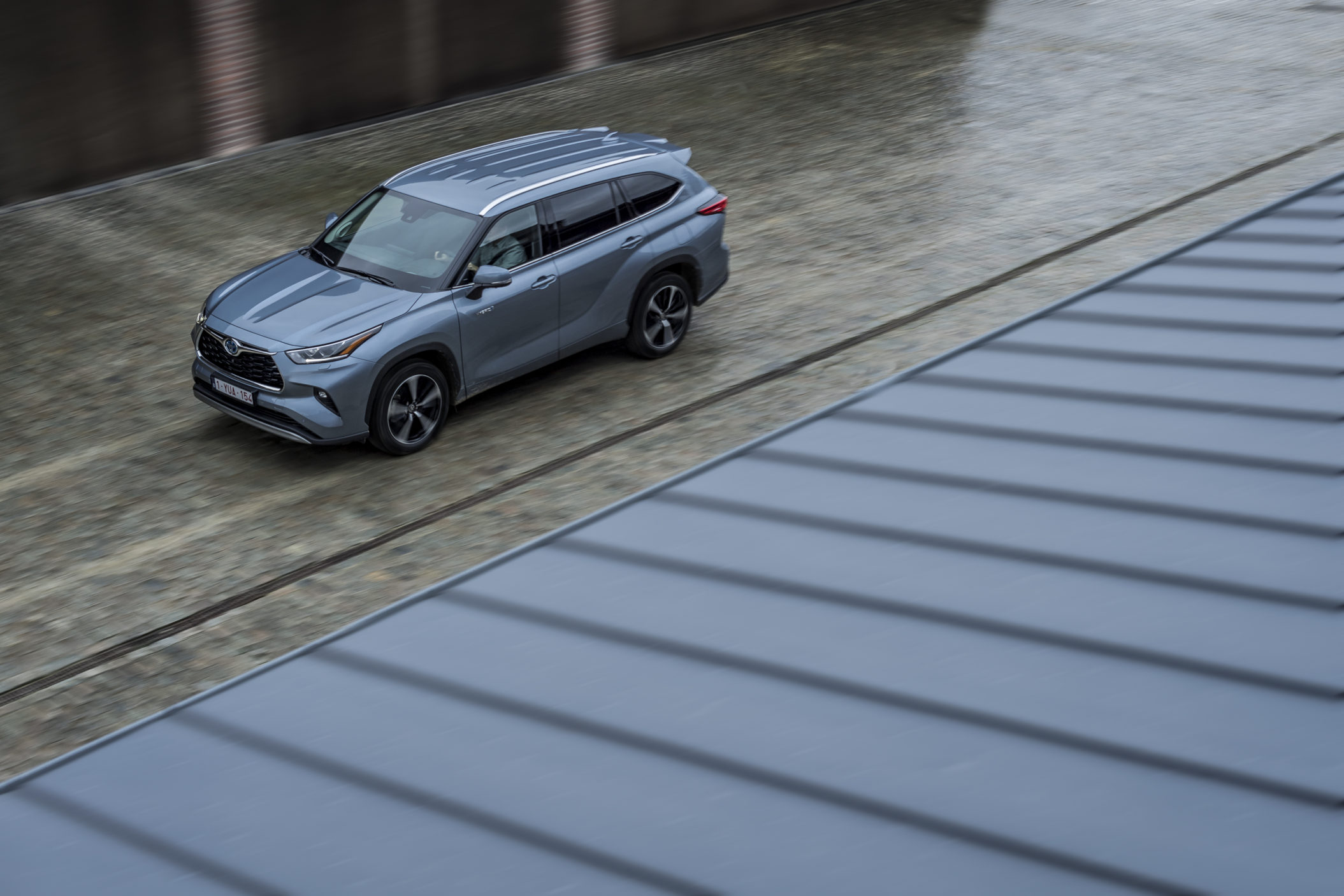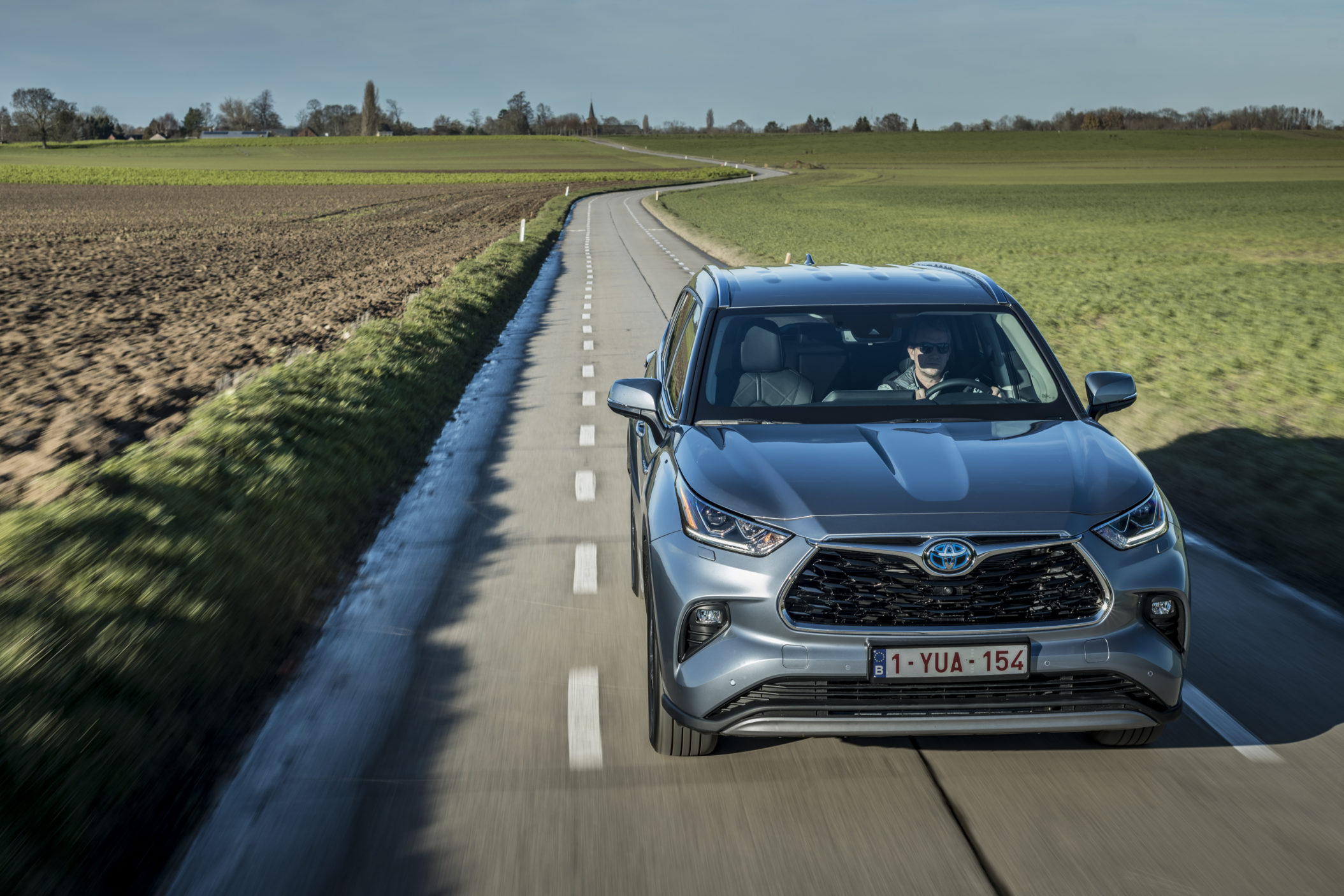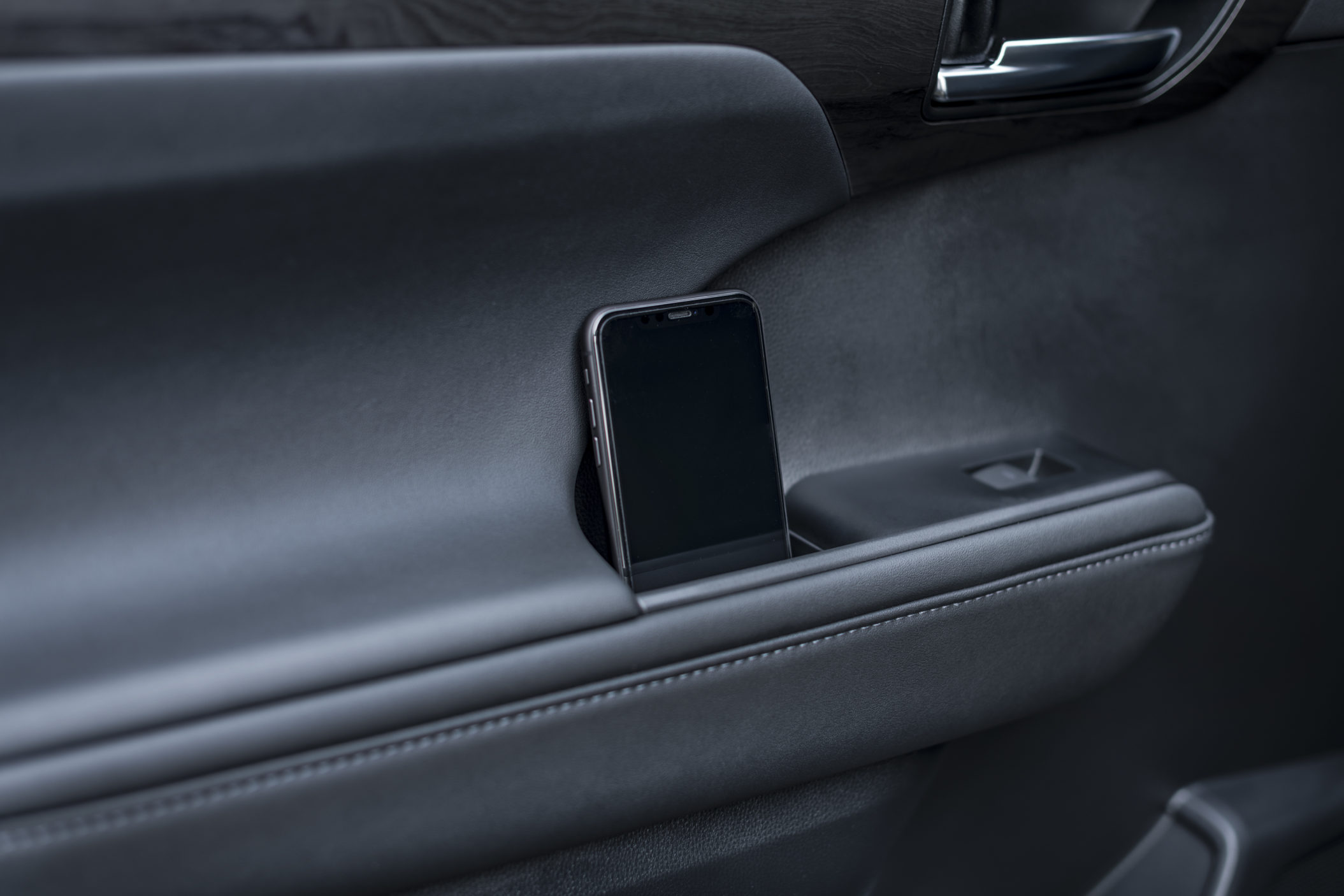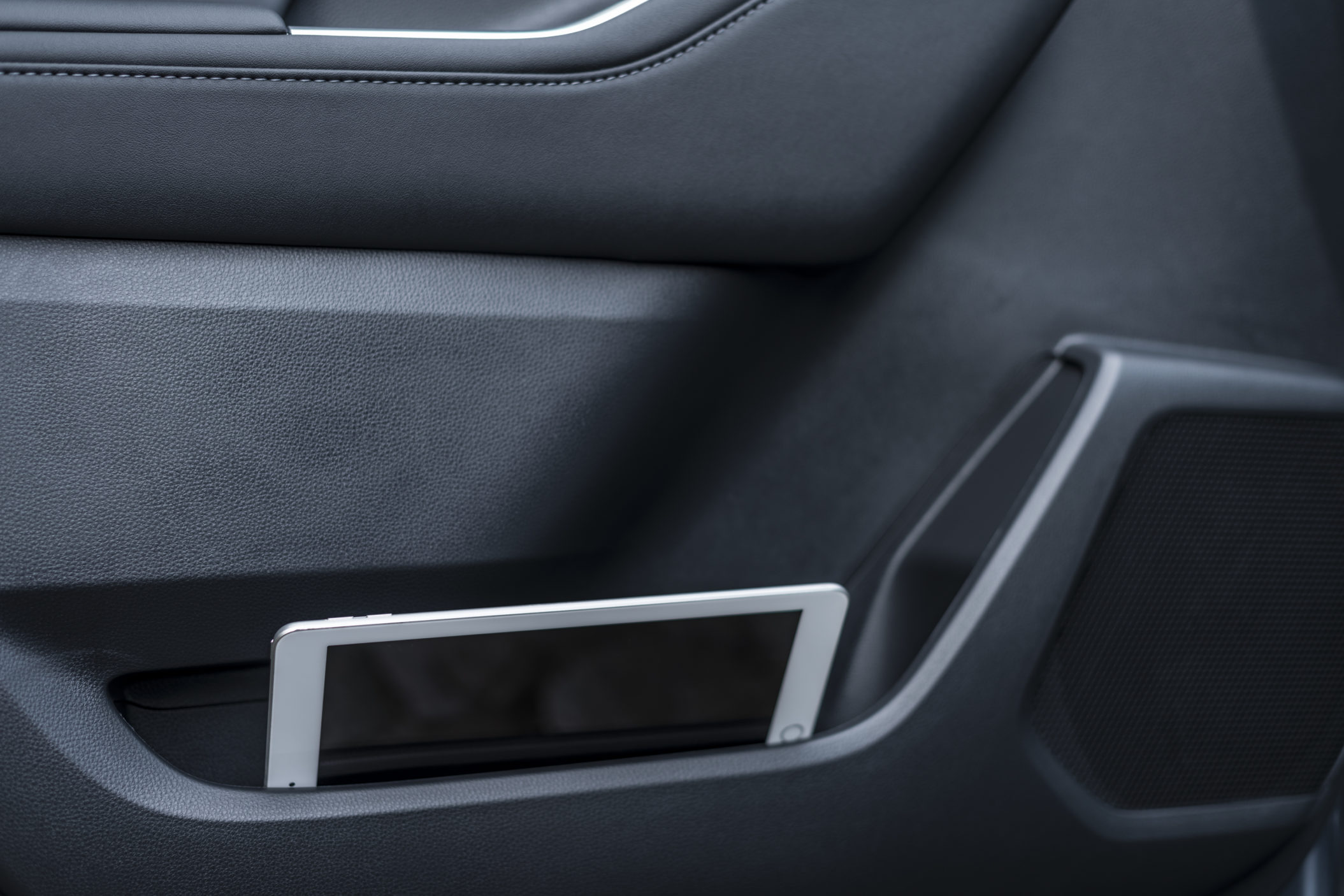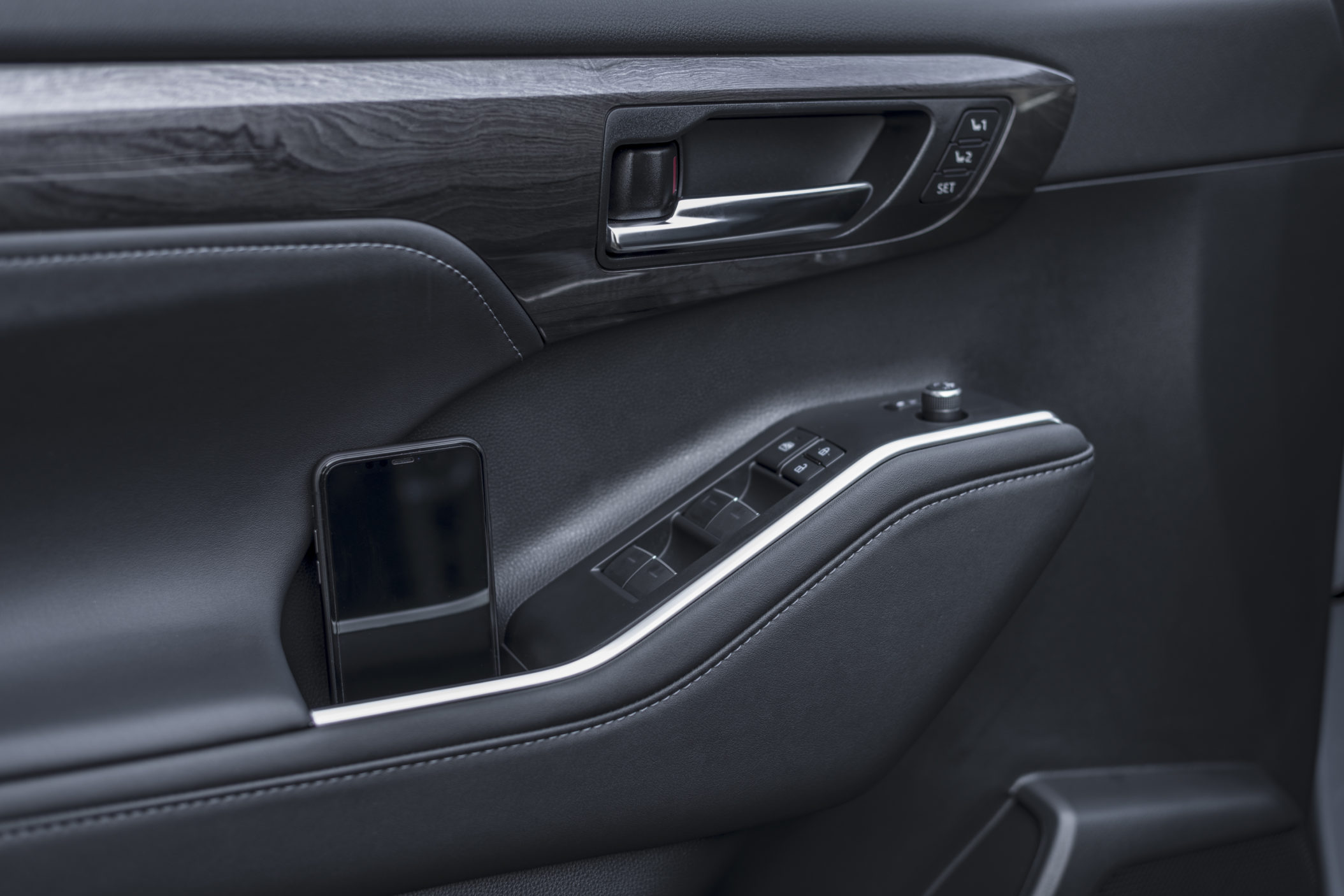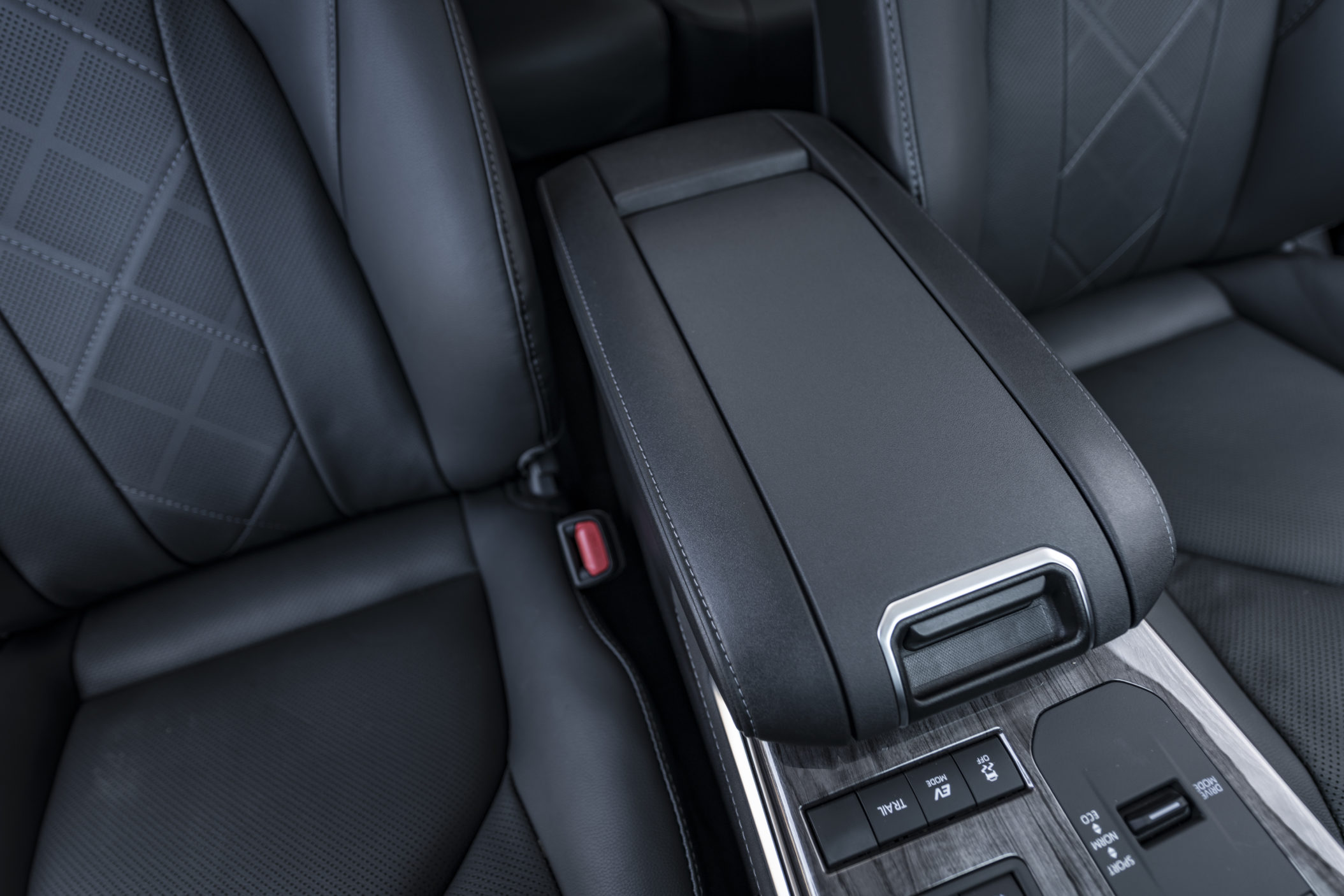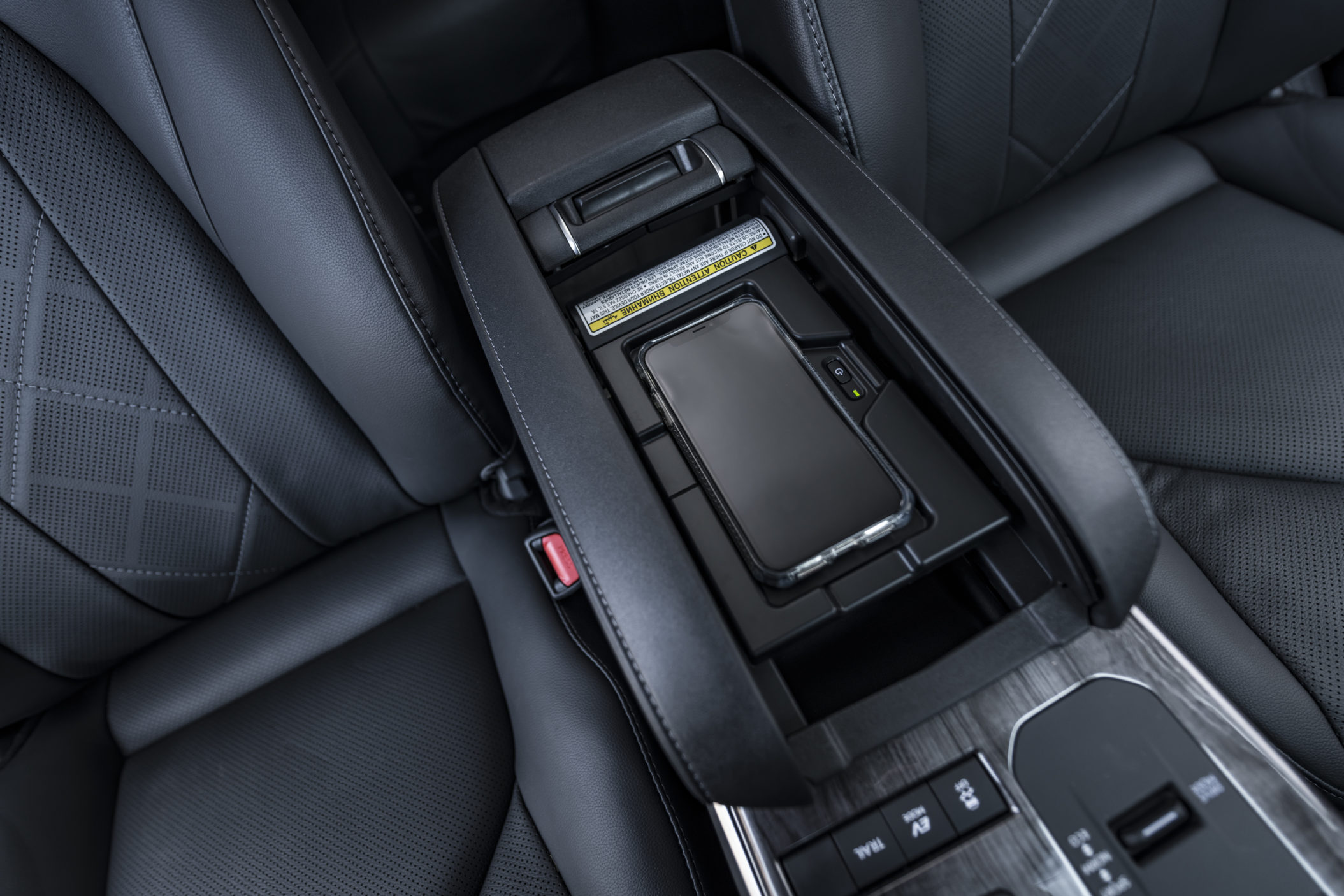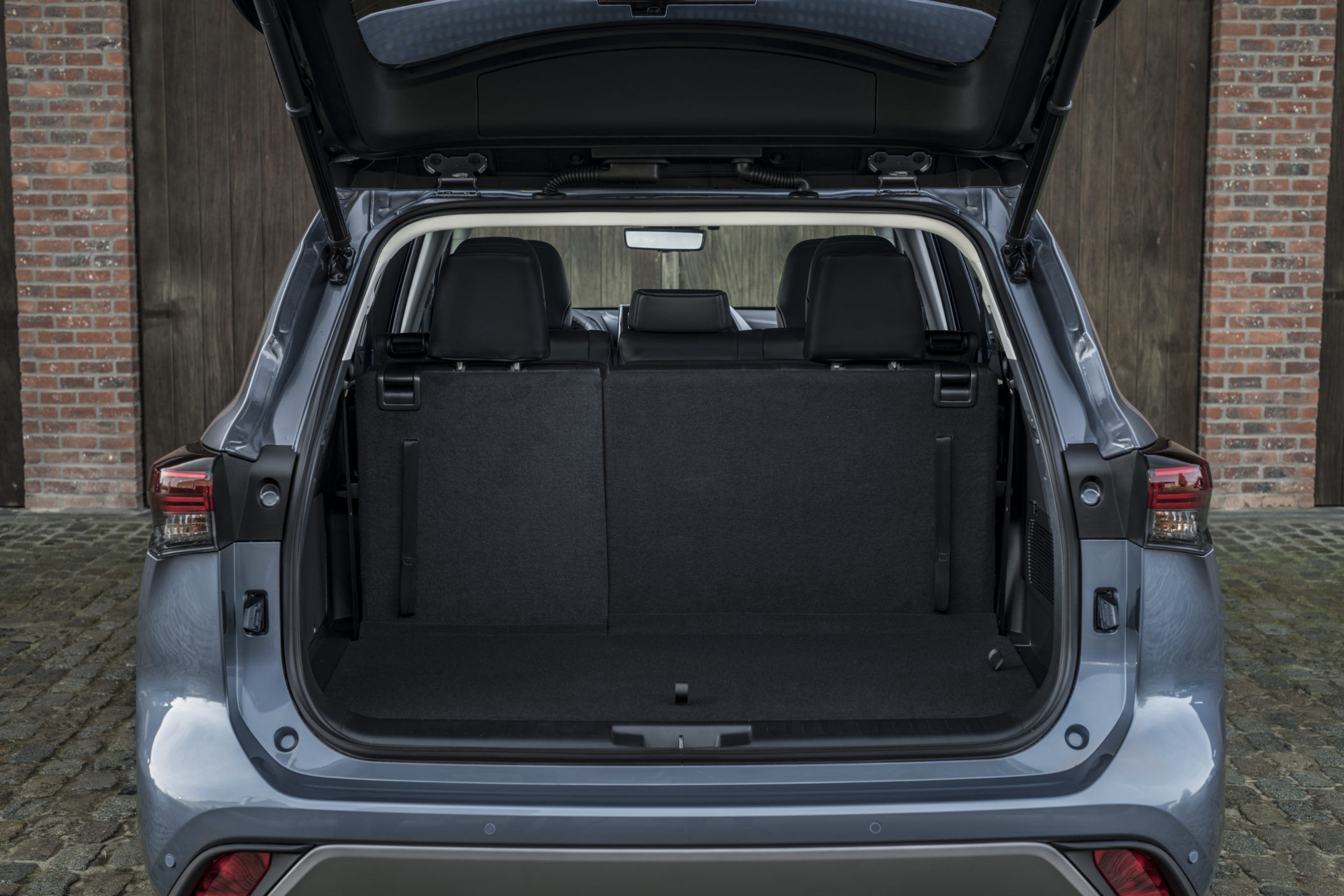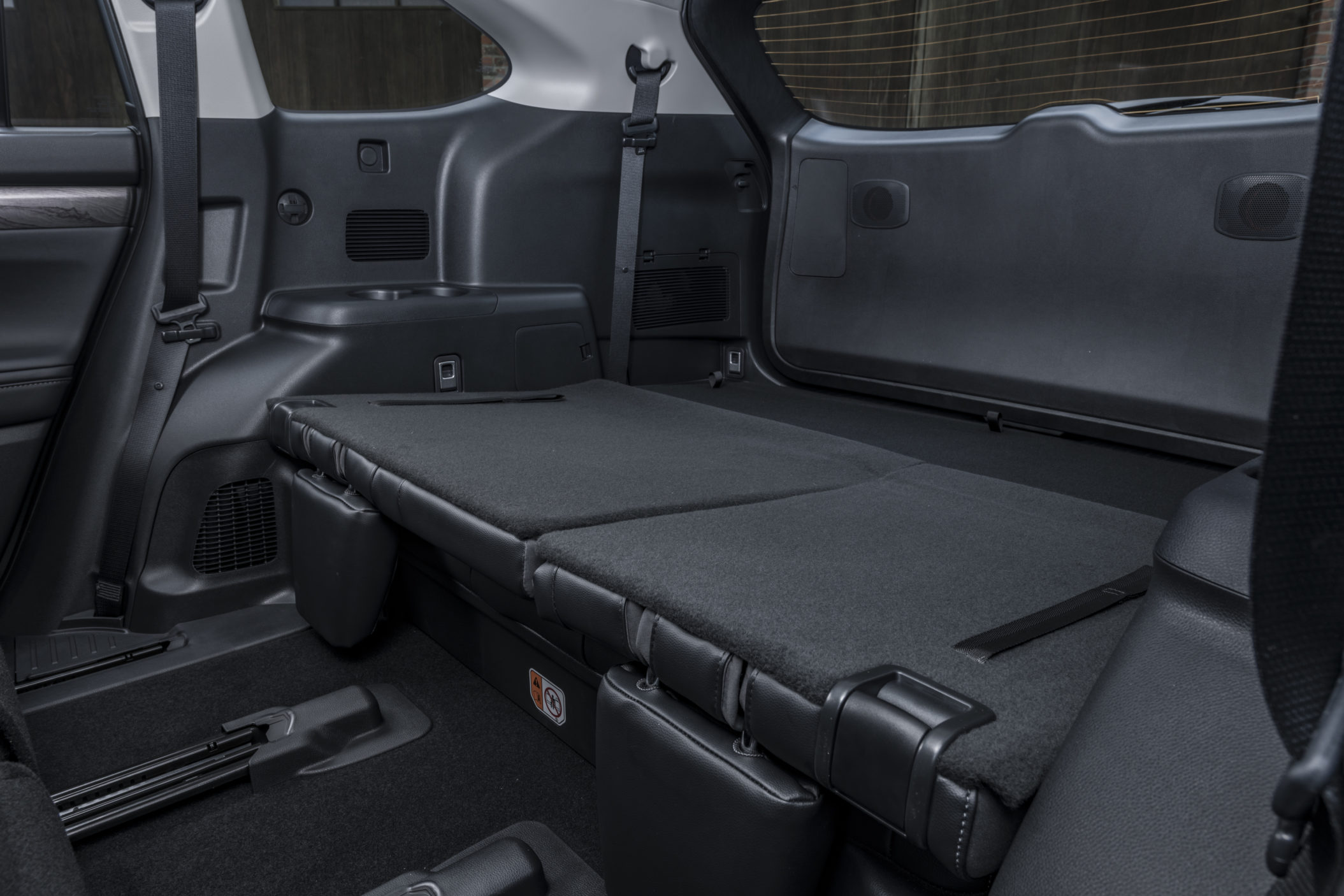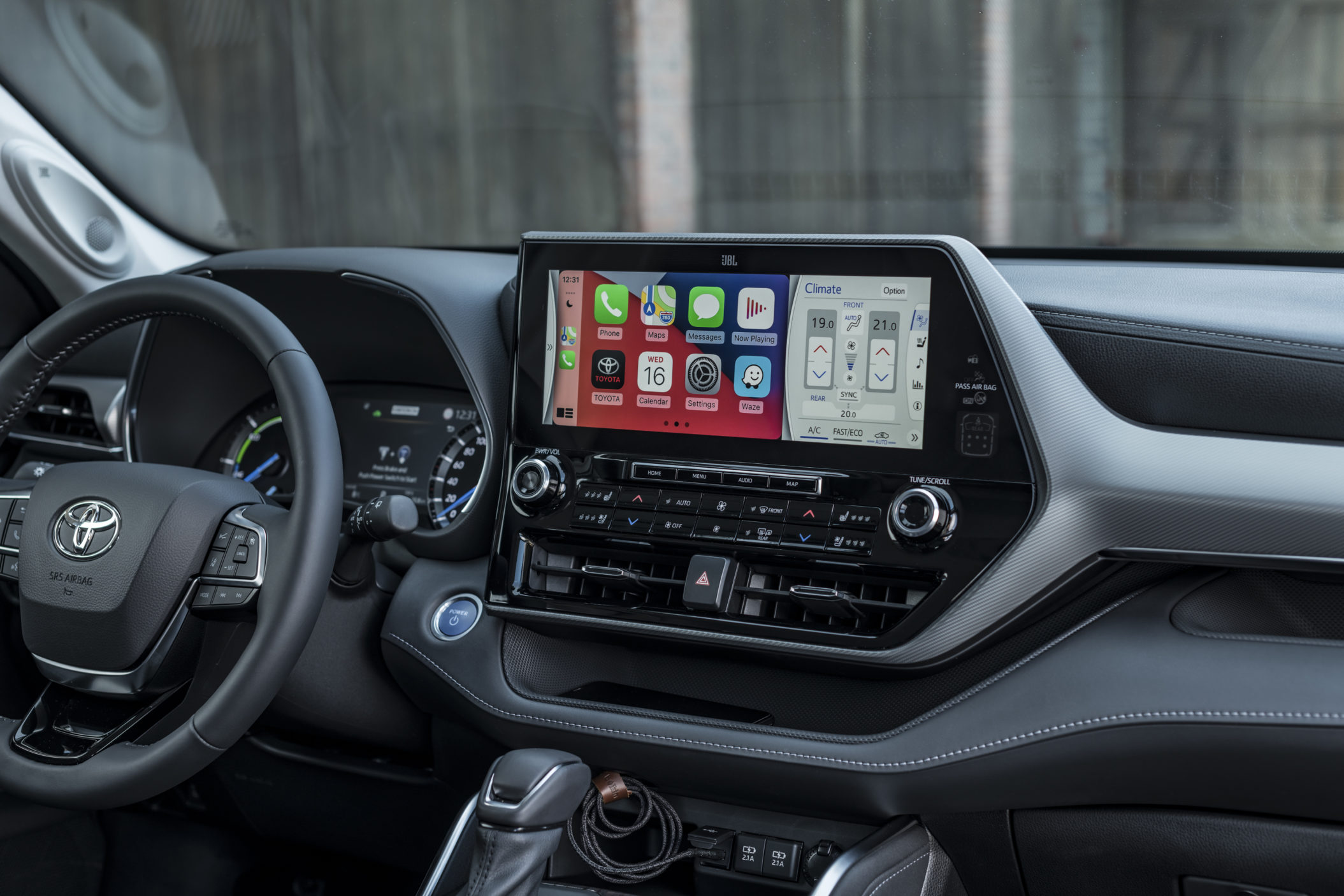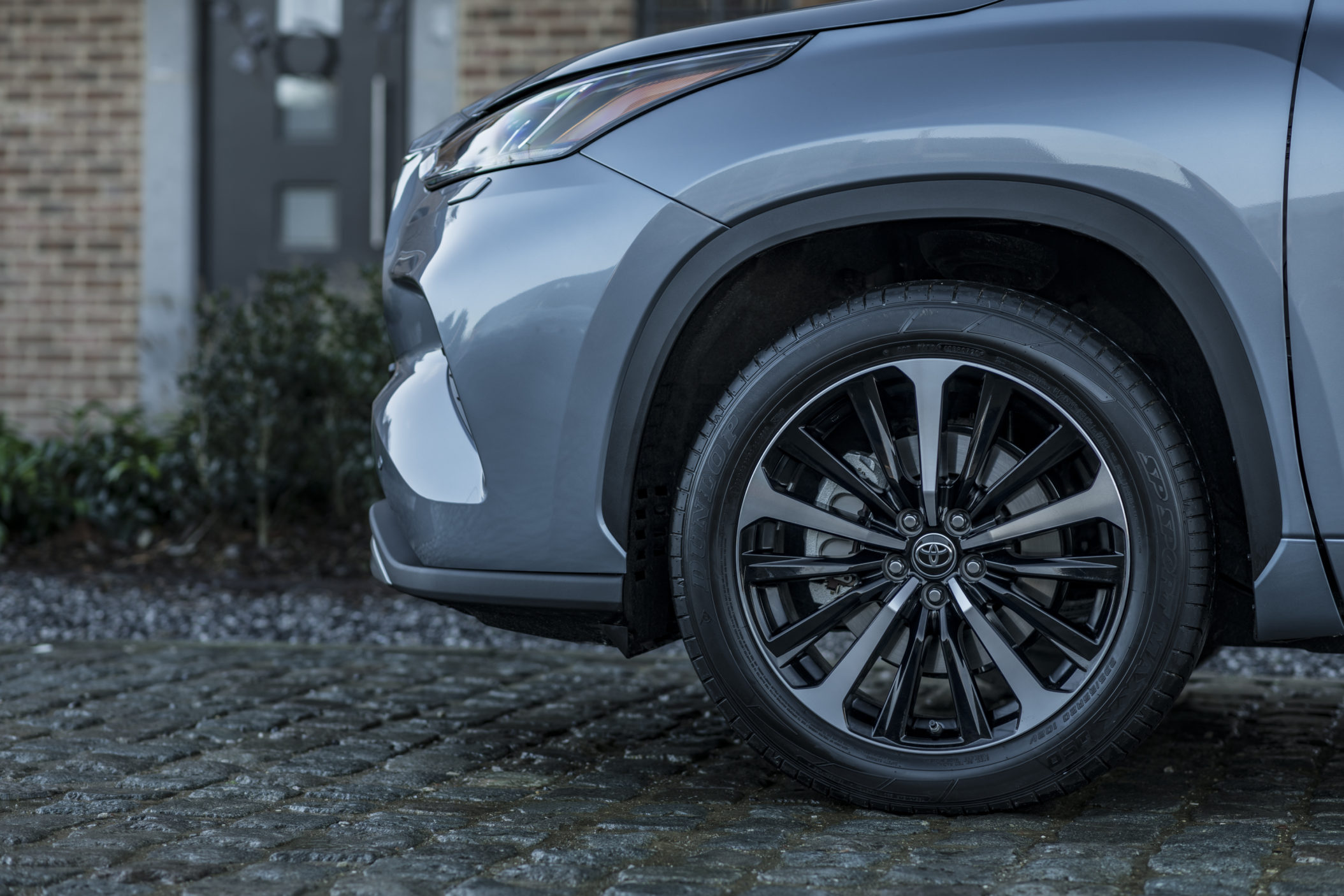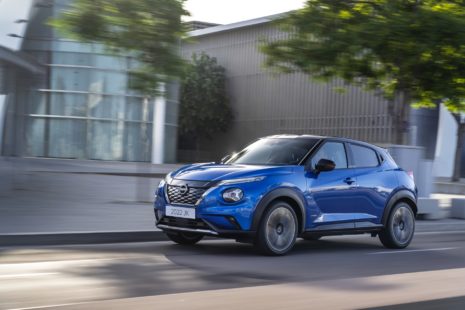Review - Toyota Highlander Hybrid
Probably the main reason for the arrival of the Toyota Highlander in Europe can be attributed to the pandemic expansion of the SUV segment here. The Highlander was predominantly intended for the North American market and, whereas years ago one would not even consider mentioning the Highlander and Europe in the same sentence, this model has now been adapted to the preferences of local consumers as a hybrid and is looking for its place under the European sun.
In North America, the Highlander has been available since the turn of the new millennium. Australians and Japanese are also familiar with it and the fourth generation is already on the market in those countries.
The 7-seater Highlander sits between the smaller RAV4 (with which it shares its GA-K platform) and the larger Land Cruiser. But it’s still a city SUV, perhaps aimed more at on-road driving than off-road.
In keeping with the American ideology, this model has a strong emphasis on comfort. You can feel it in the driving – the big, heavy car moves smoothly and the wide seats and quiet cabin make you forget you’re in a car. But because it’s not a premium segment vehicle, there are a few things to note.
On the whole, Toyota’s build quality and choice of materials is not to be faulted. Wherever any body part rests is soft and comfortable. It’s also pleasing that its Japanese engineers have so far managed to resist the temptation to put all the functions on a touchscreen. Also, all the buttons are in logical places and you can find most of them the first time you get in the car.
However, it has to be said that in recent years the competition has been developing more rapidly, especially in terms of electronic services. In the lower trim levels, the Highlander’s entertainment screen is only 8 inches, and only the highest trim level offers the 12.3-inch screen sold in America. However, both support Android Auto and Apple CarPlay.
There’s plenty of space in the front two rows to allow passengers to relax in comfort. The third row is more cramped – for adults, only short journeys can be managed in comfort, and then only if the second-row seats are moved forward. Children, on the other hand, will enjoy the back row.
In Europe, Toyota only offers a hybrid version of the Highlander, in which a combination of a 2.5-litre petrol and electric engine develops a total of 248 horsepower and 239 Nm of torque. The bundled CVT variator kills any sportiness, but even with a 2015-kg minimum curb weight, the model is still capable of accelerating to 100 km/h in 8.3 seconds. Sitting behind the wheel, though, you can’t really appreciate the car’s effort, as the unresponsive steering wheel and soft suspension make you think of the car’s performance in a diametrically opposite direction. The Highlander doesn’t offer any thrills on a potholed country lane and one has to consider that it could get stuck in deeper water, even with four-wheel drive.
Toyota justifies the choice of the hybrid drive with environmental friendliness and lower maintenance costs. The combination offered on the Highlander has been optimised for years, so the latter promise sounds quite plausible. And every car owner will be happy to opt for lower fuel costs. However, this is not a plug-in hybrid, but rather a conventional hybrid. For a PHEV, you’d have to do away with the third row of seats, which Toyota is unlikely to do. But who knows, if customers care more about even lower fuel consumption than extra seats, anything is possible.
But even as equipped, the 101-kilowatt electric motor is a big help for a heavy car, and with a full battery you could basically do most of your urban driving on electric power alone. The average fuel consumption, according to the WLTP methodology, is only 7.1 litres per 100 kilometres, which in real life should easily increase by about a litre. However, considering the weight of the vehicle, this is still a very good figure.
The Highlander is a pretty big car and it takes time to get used to its dimensions. As already mentioned, a lot of attention has been paid to comfort in this model and the creators have succeeded quite well. The ride is quiet and the unambitious interior design seems to confirm the overall style of the car – just drive and don’t pay attention to what you’re driving.
A quick glance at the specification table tells us that the Toyota Highlander is 4,966 mm long, 1,930 mm wide, 1,755 mm high and has a wheelbase of 2,850 mm. The track is 1660 mm at the front and 1690 mm at the rear. The long overhangs, 988 mm at the front and 1128 mm at the rear, also suggest that the car is oriented more towards the road than off-road terrain.
In a seven-seater configuration, luggage space is just 265 litres, even less than the compact Yaris. With five seats, however, this rises to 658 litres and with the second row of seats folded down, it eventually comes to 1909 litres, with the resulting floor in one smooth plane. With regard to towing capacity, the car can handle a trailer of up to 2,000 kg with brakes and 700 kg without brakes. Average CO2 emissions are between 149 and 160 grams per kilometre.
In short: a big and friendly car that offers a comfortable and cosy ride with low ownership costs.




